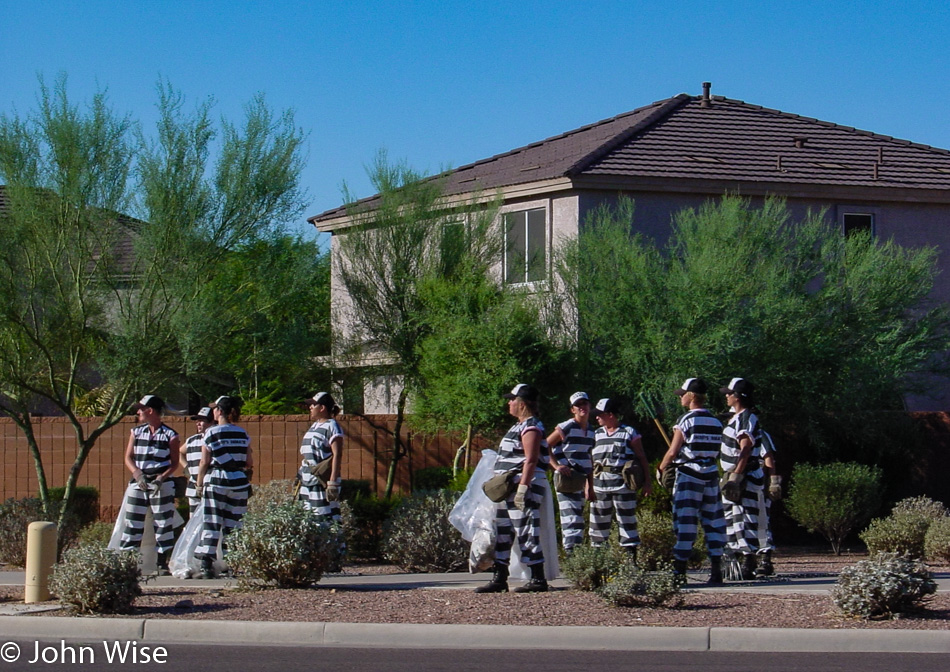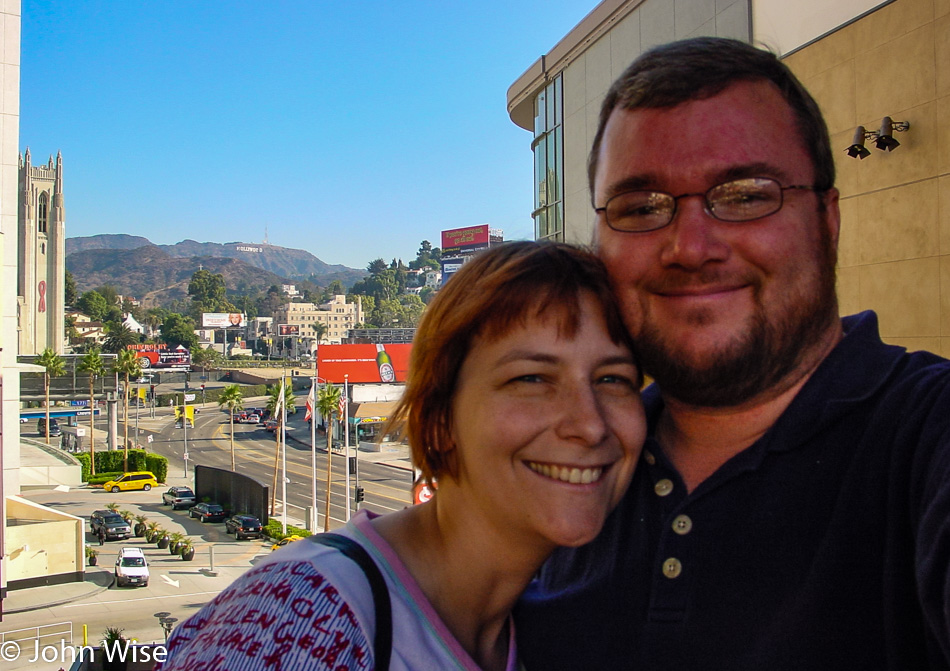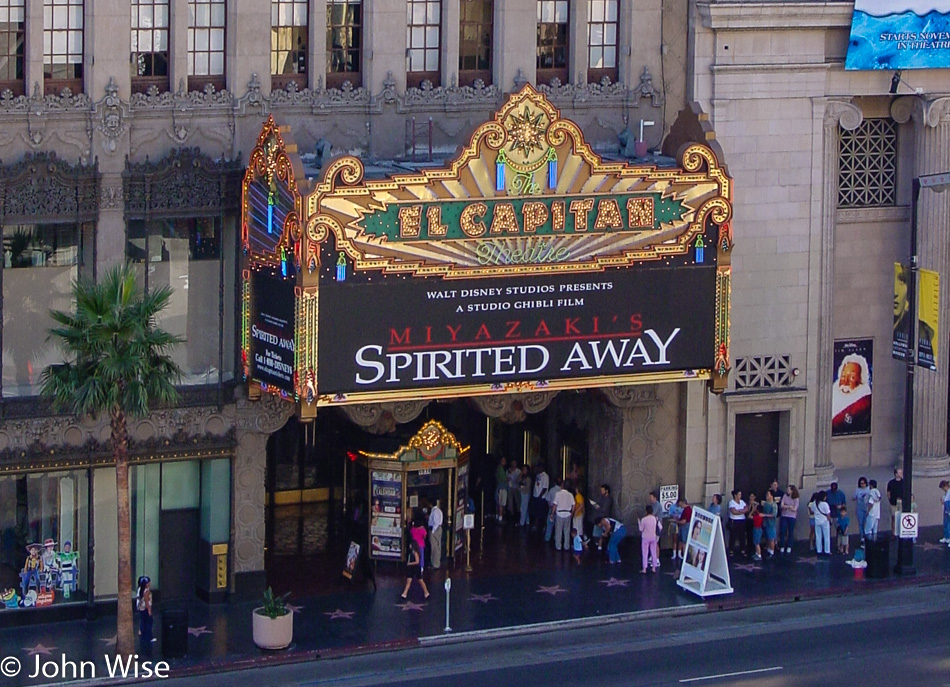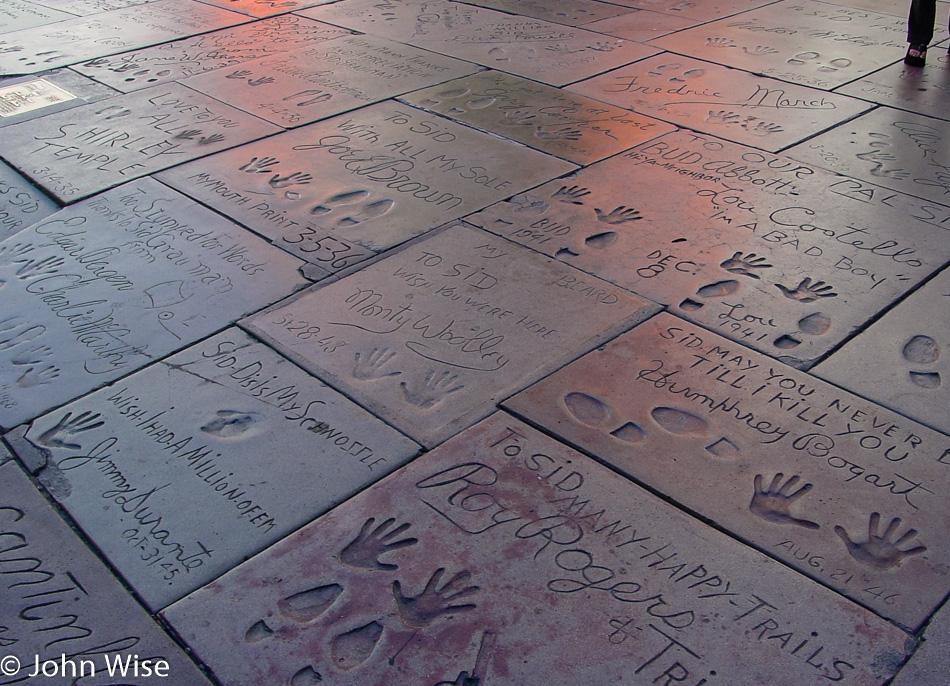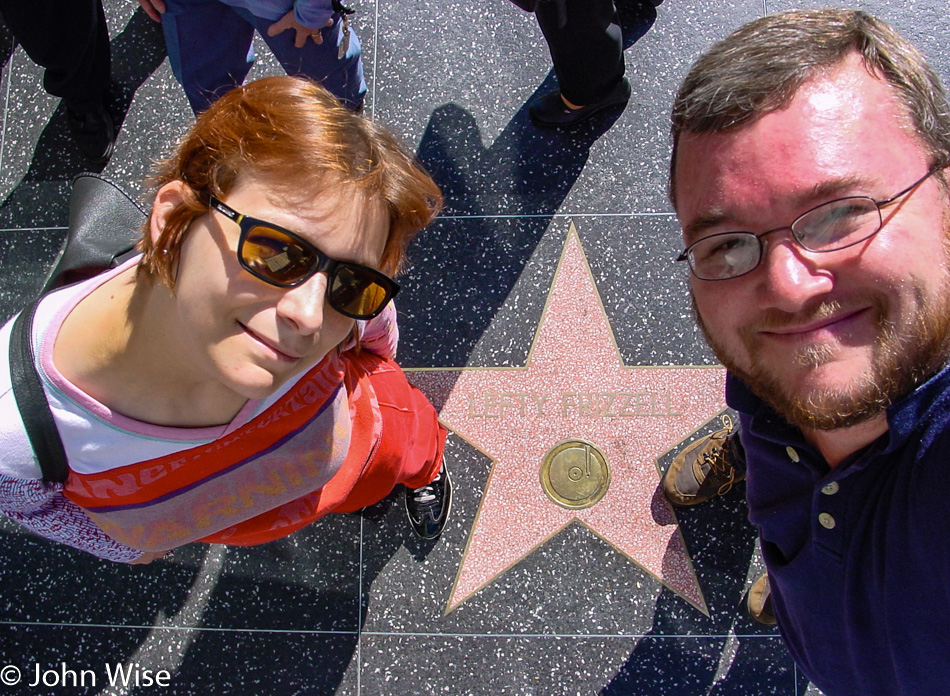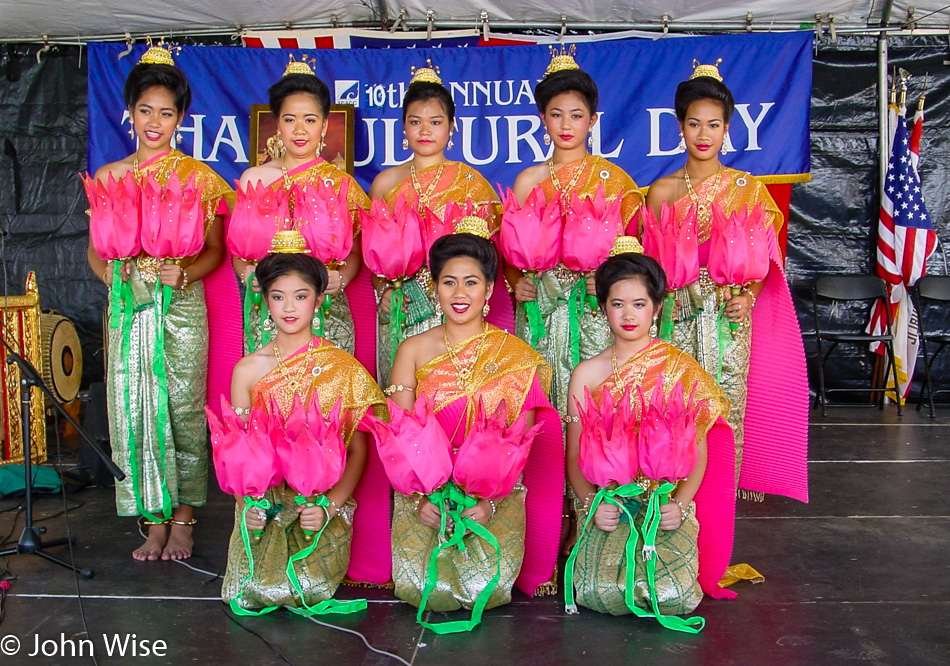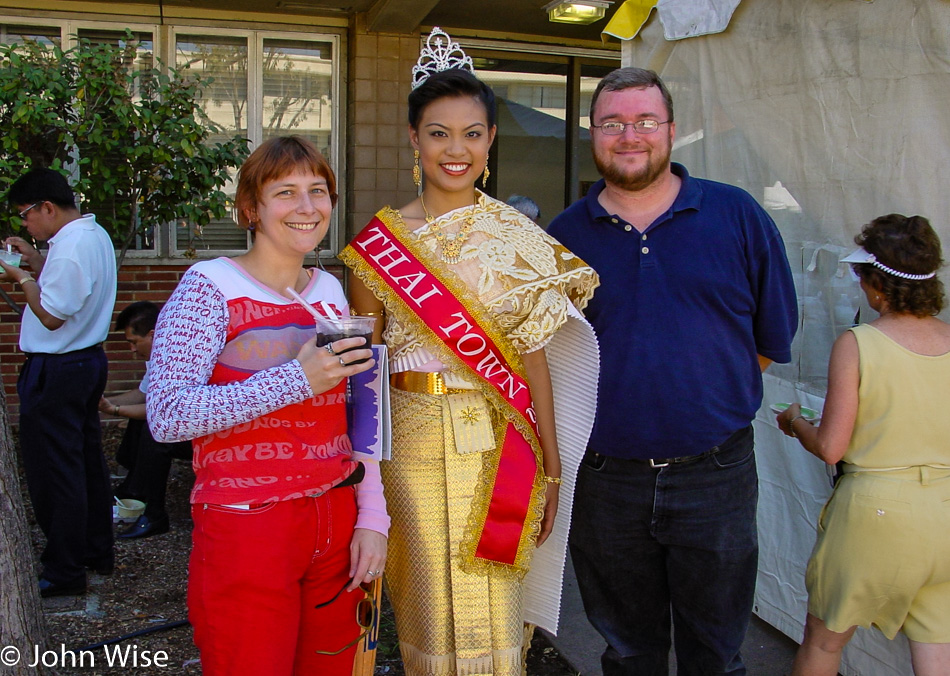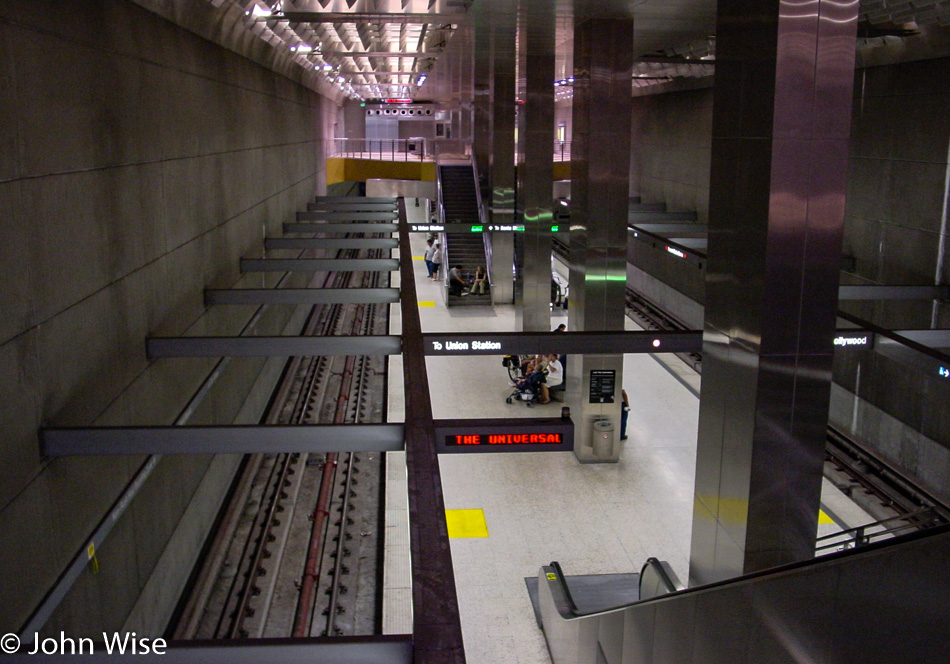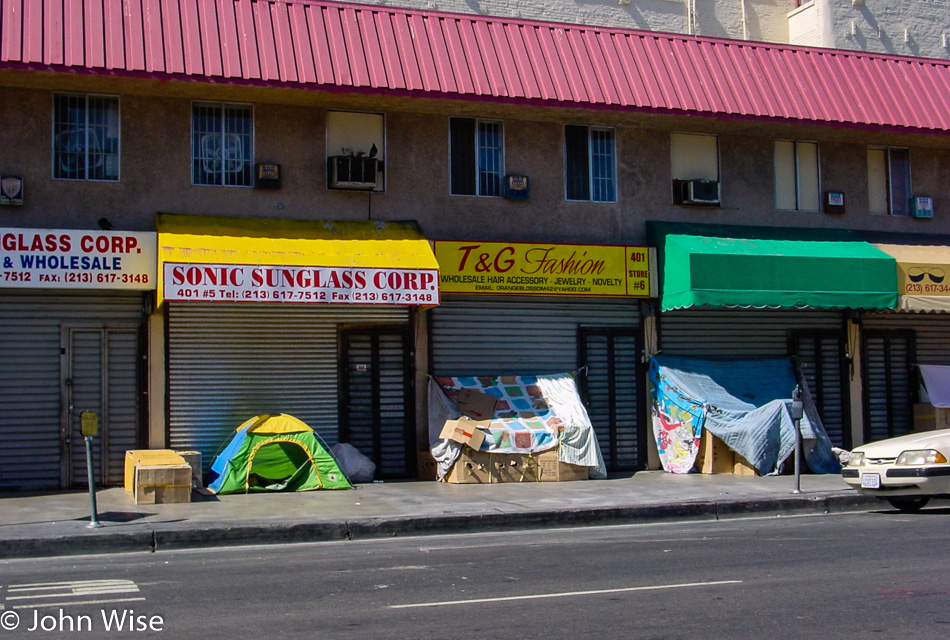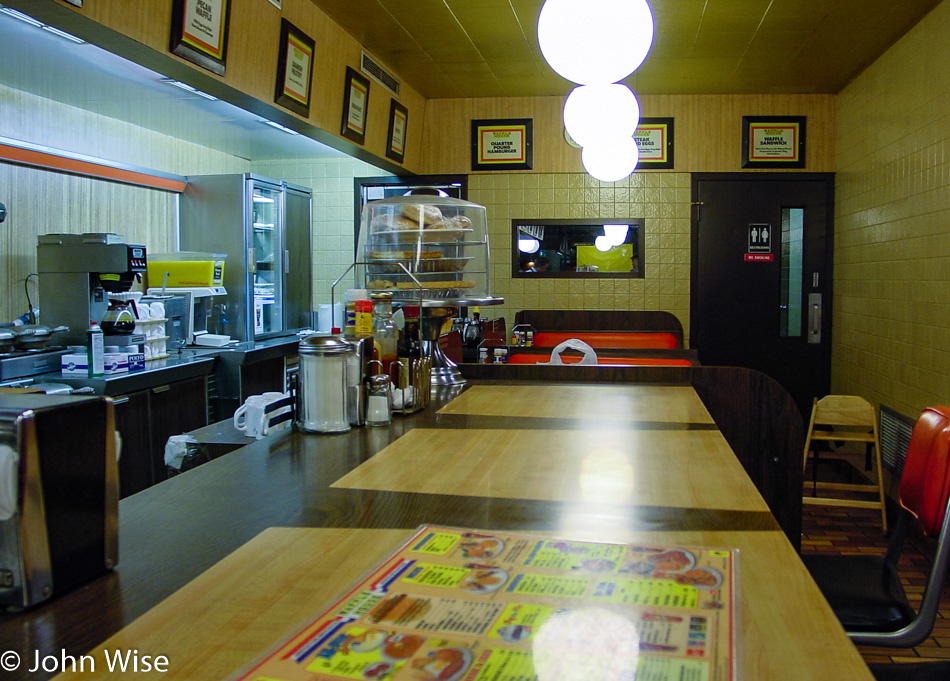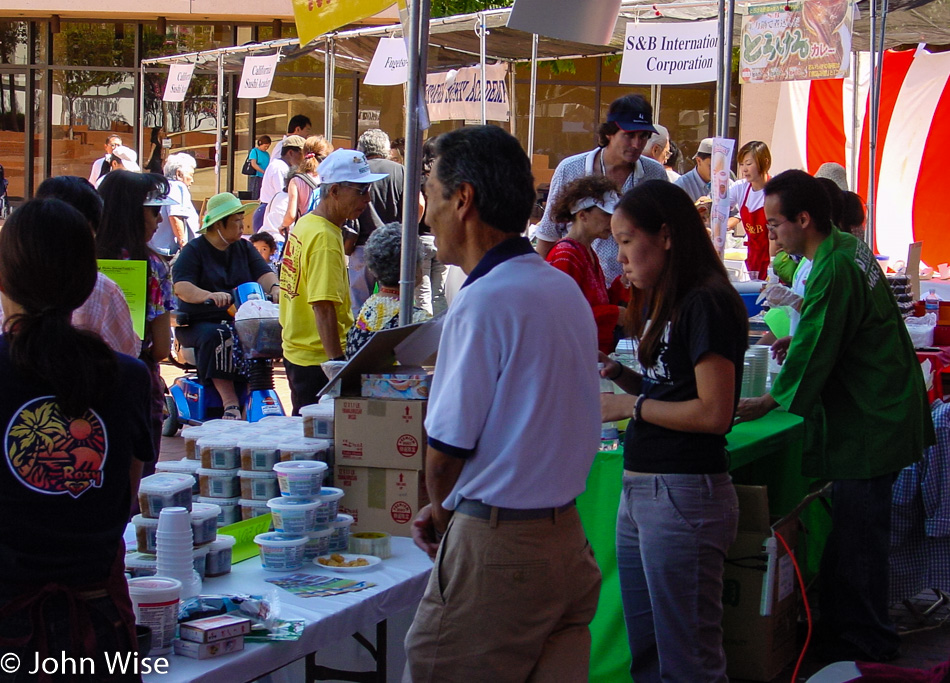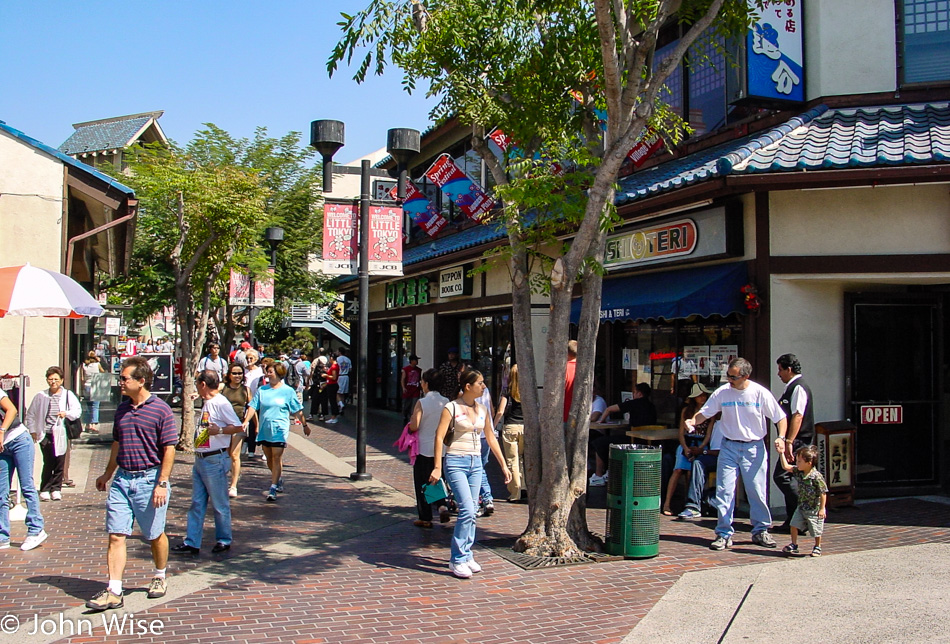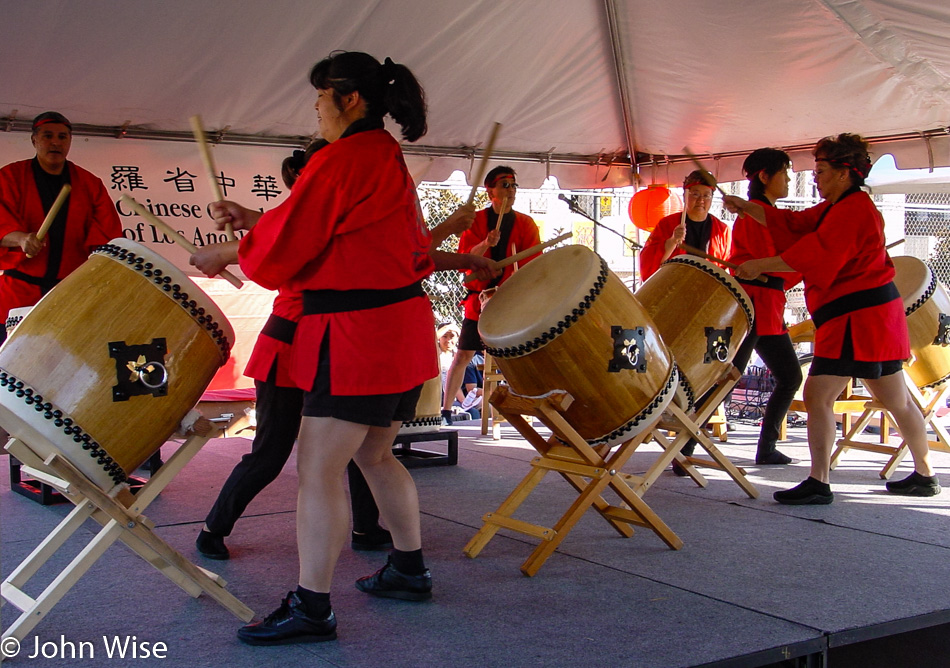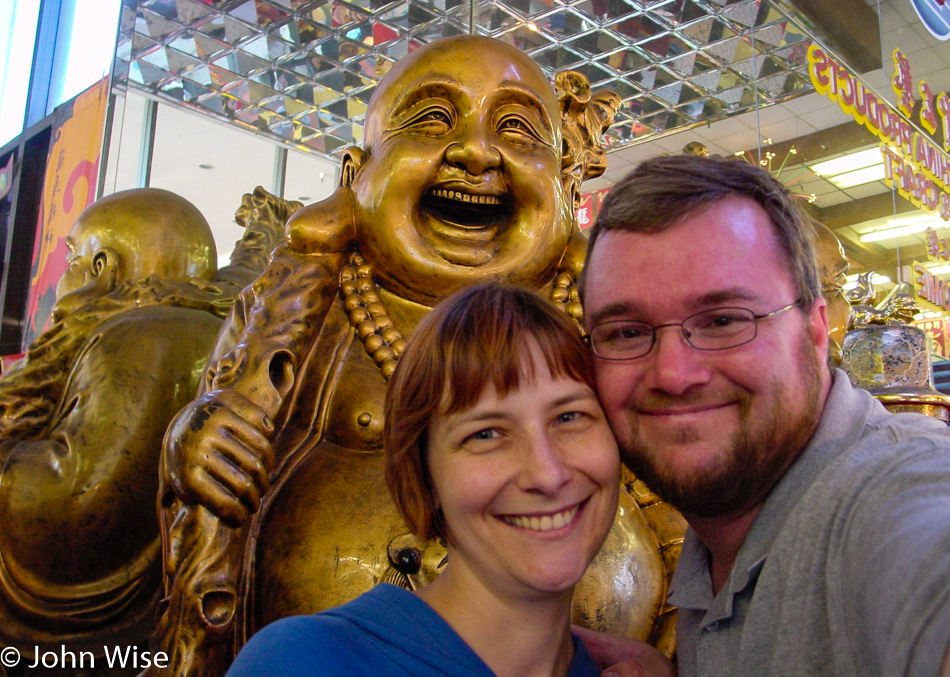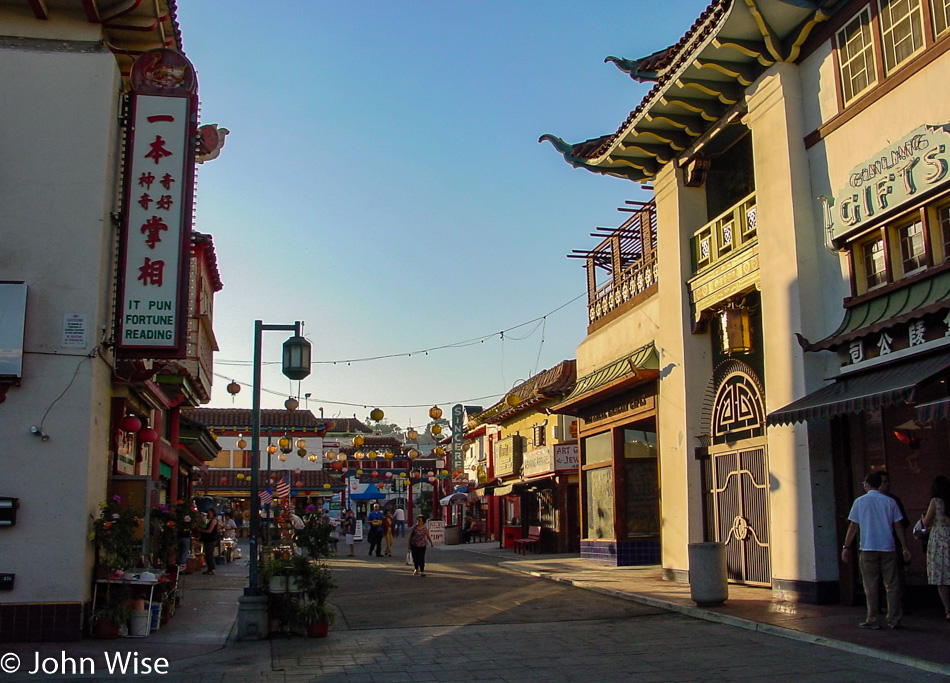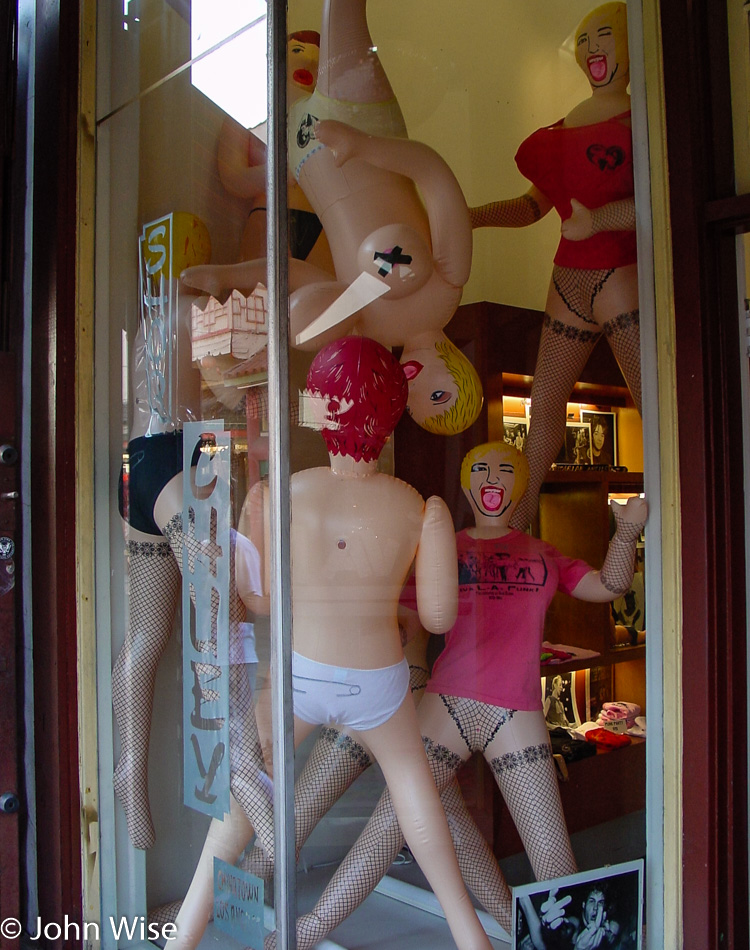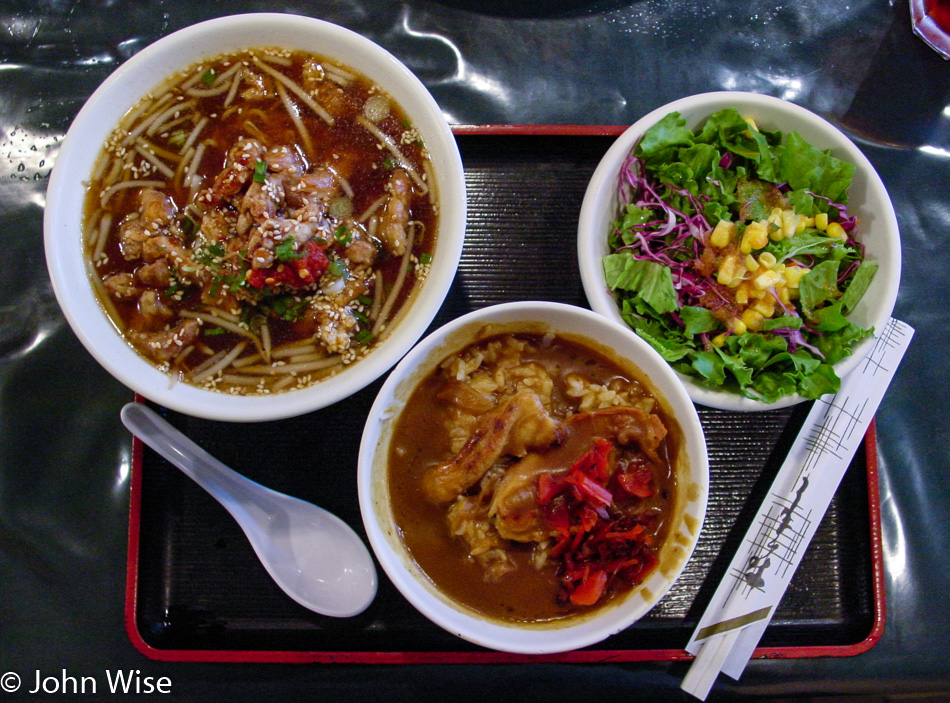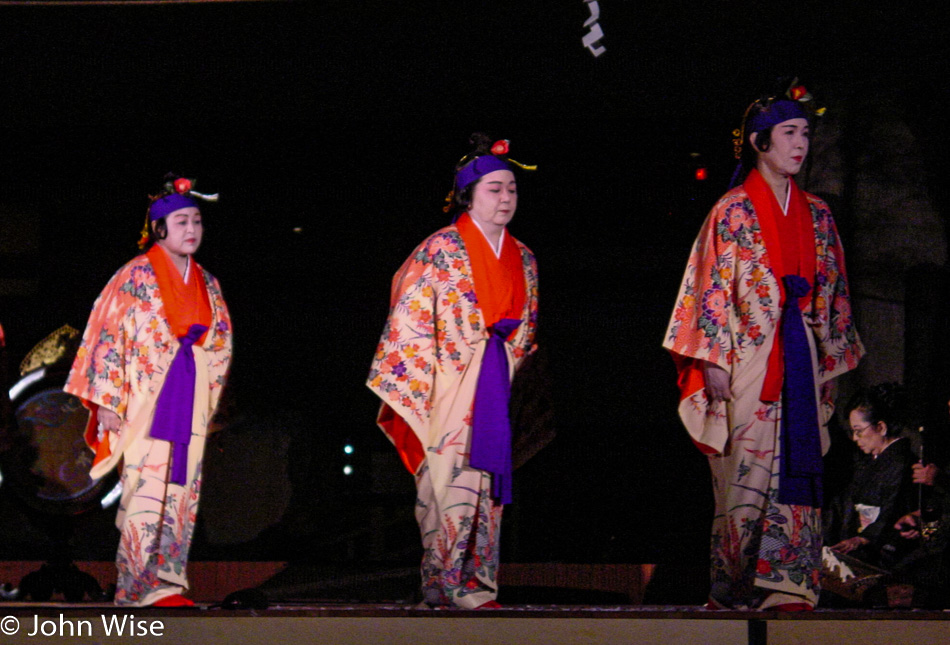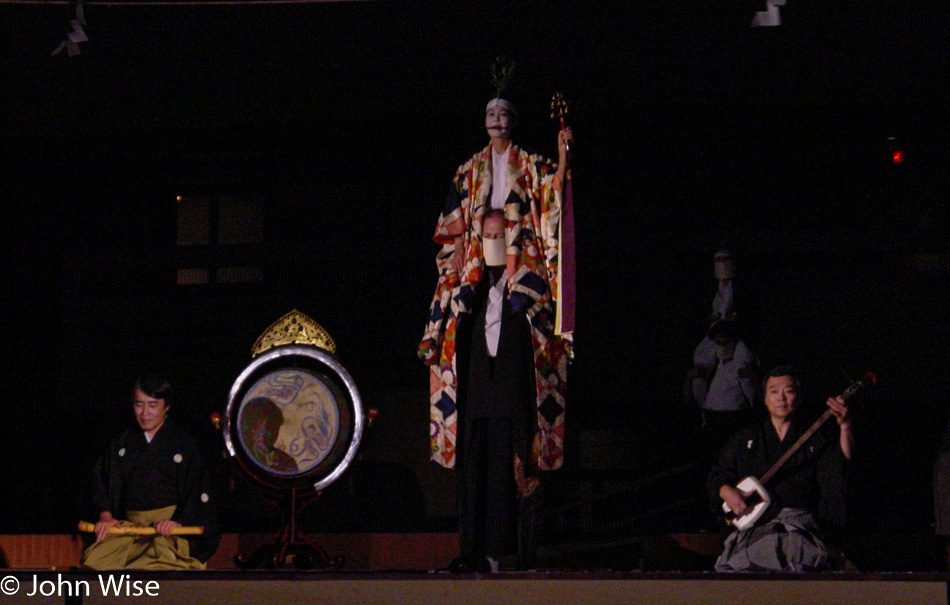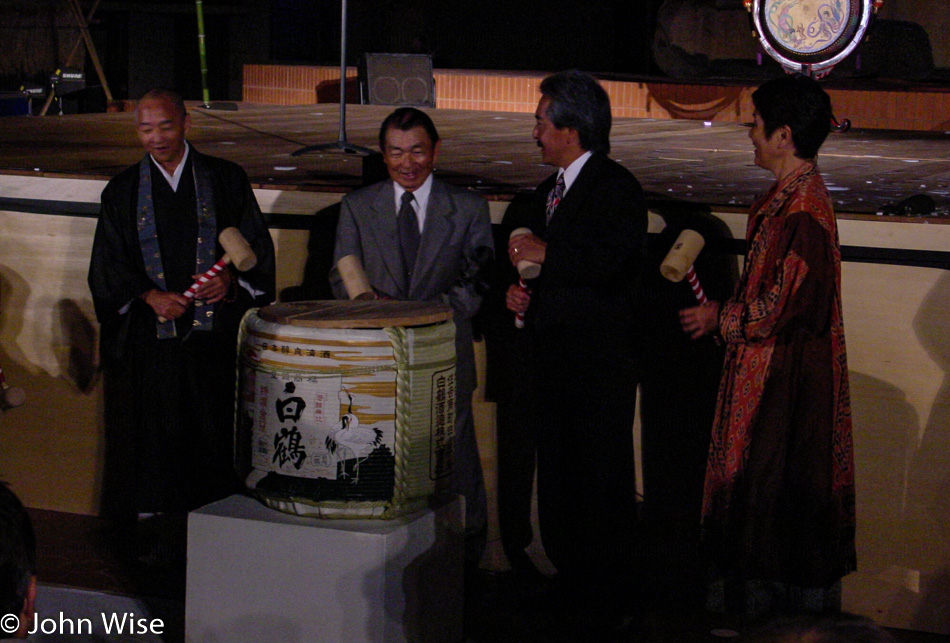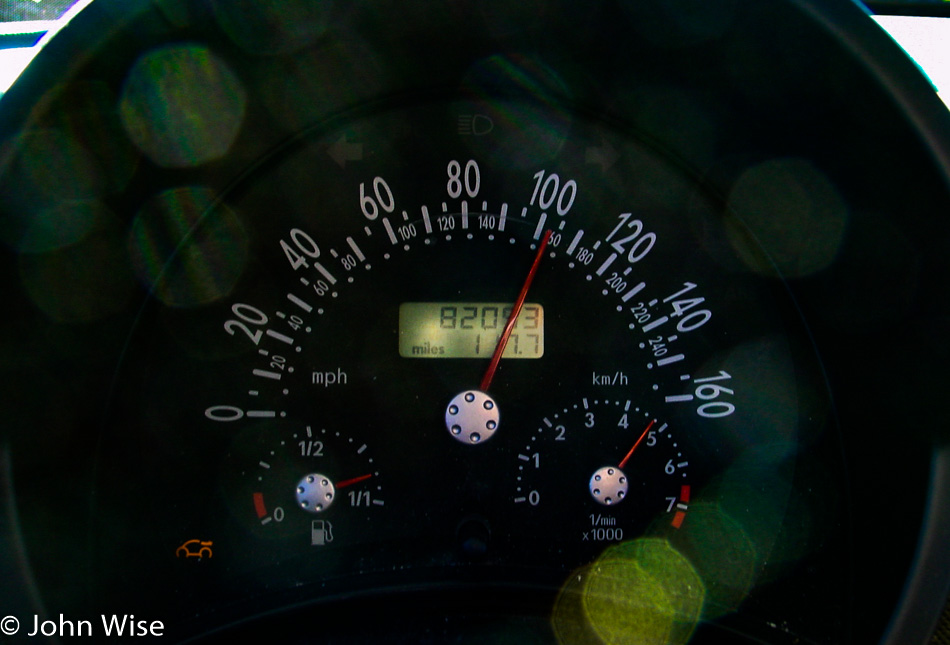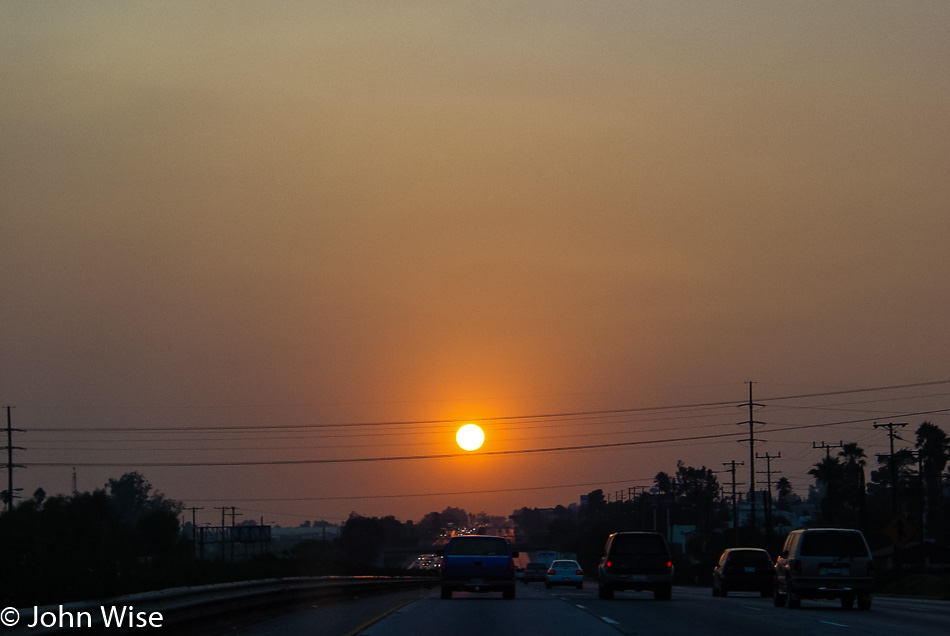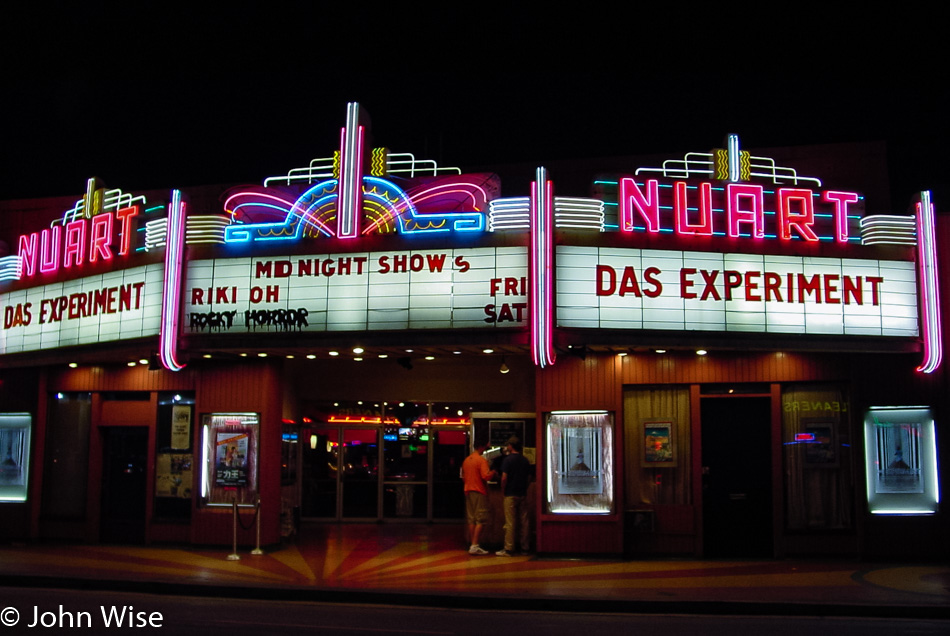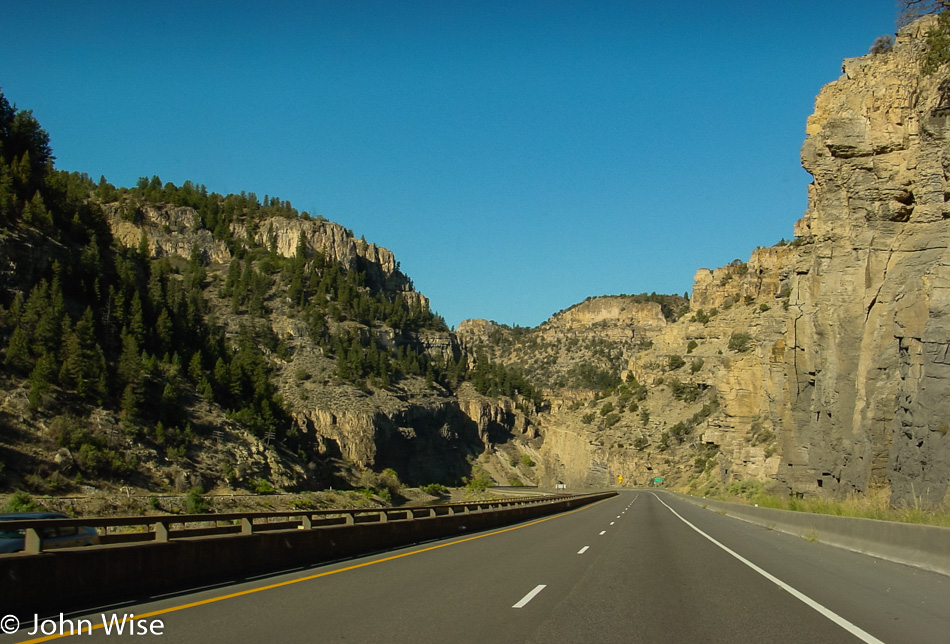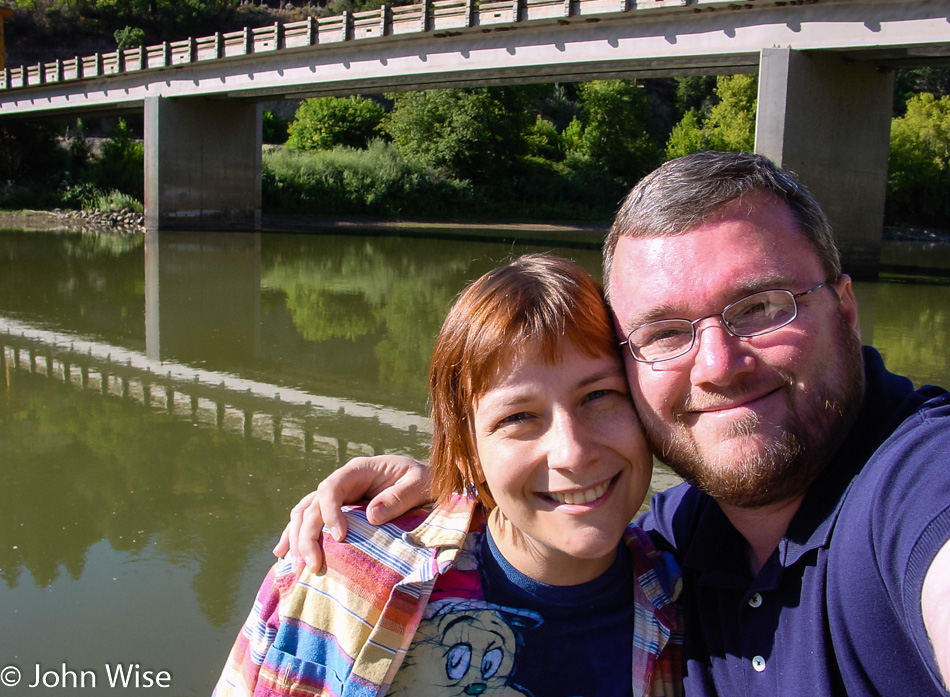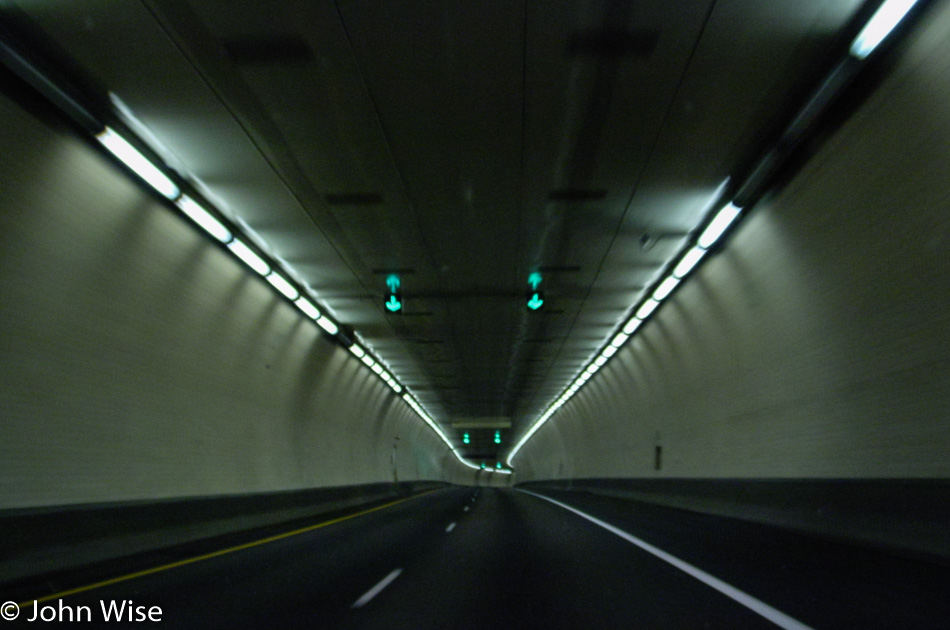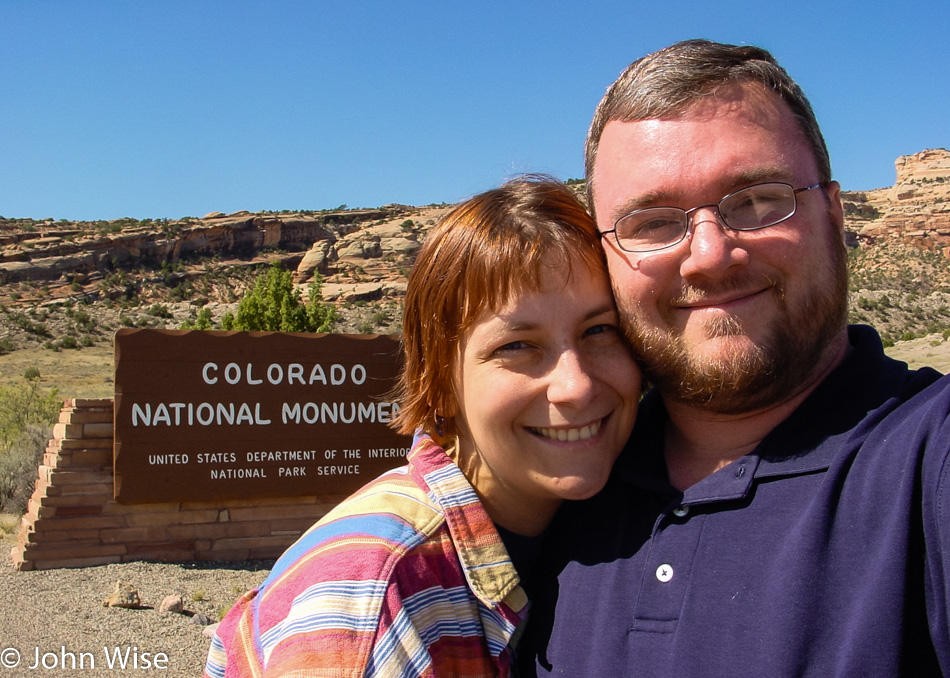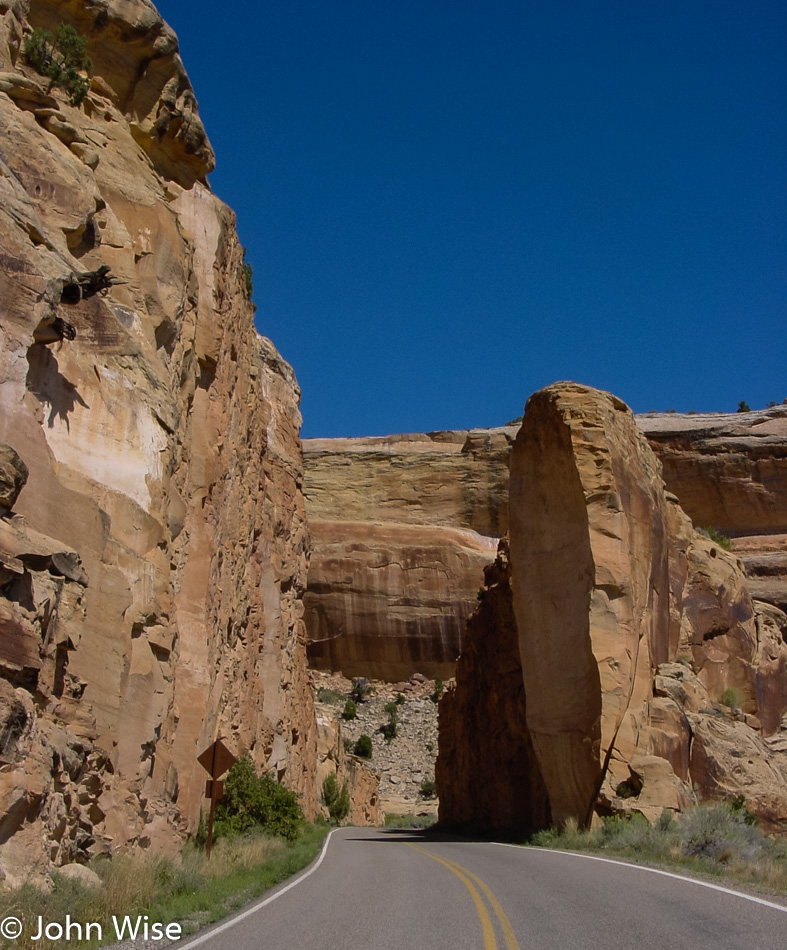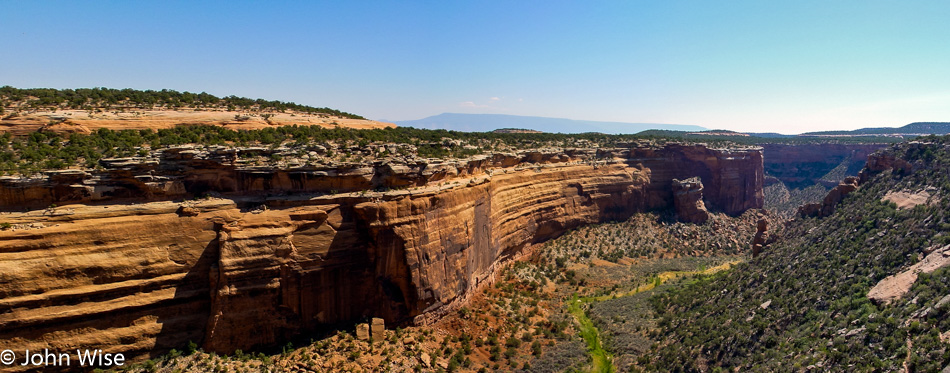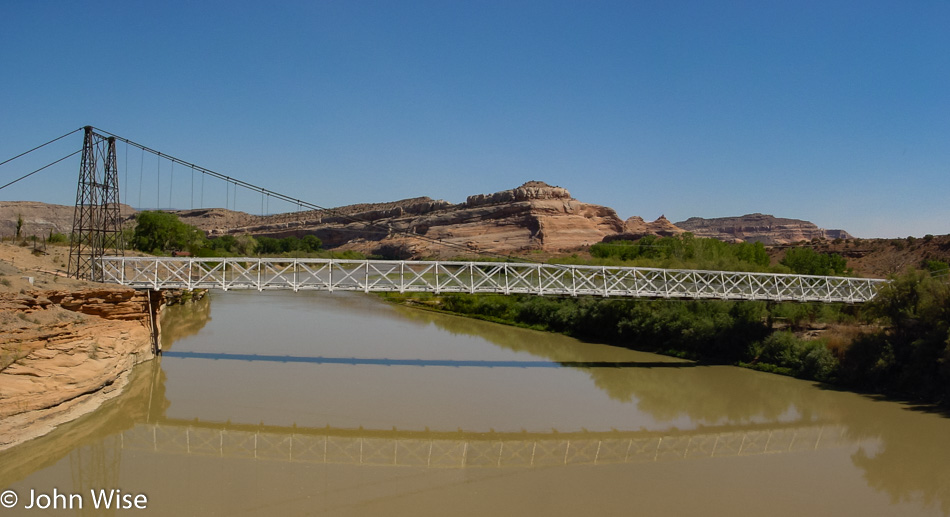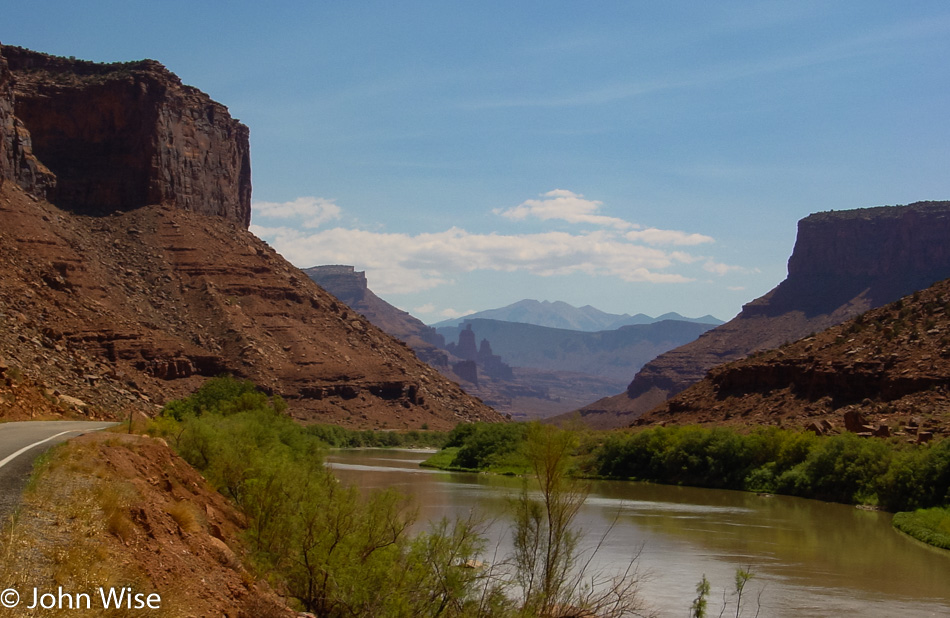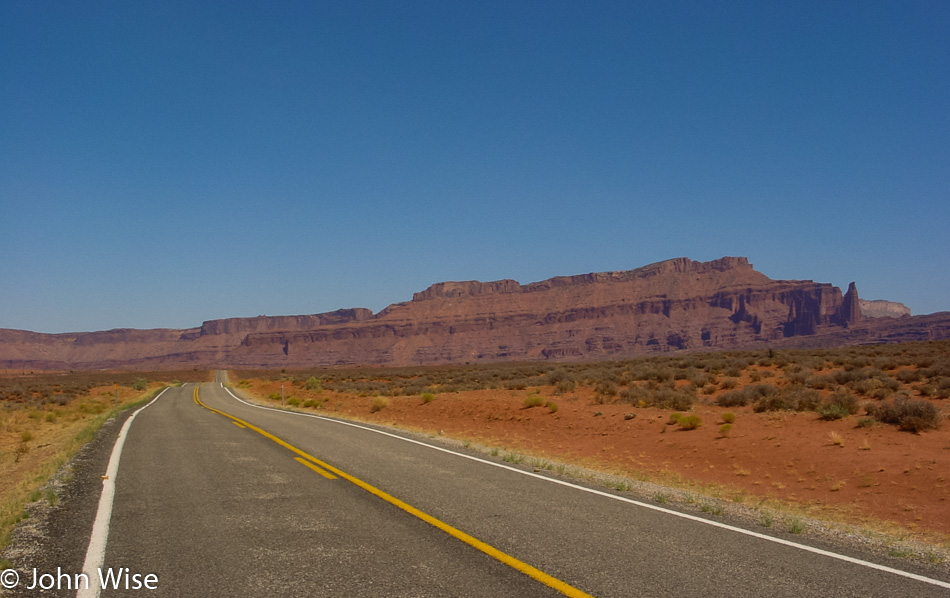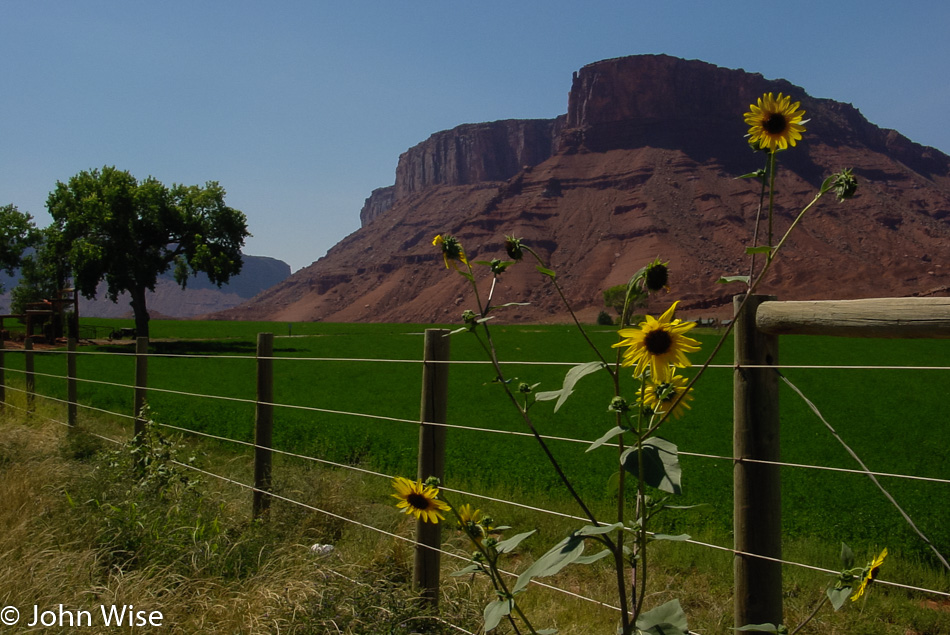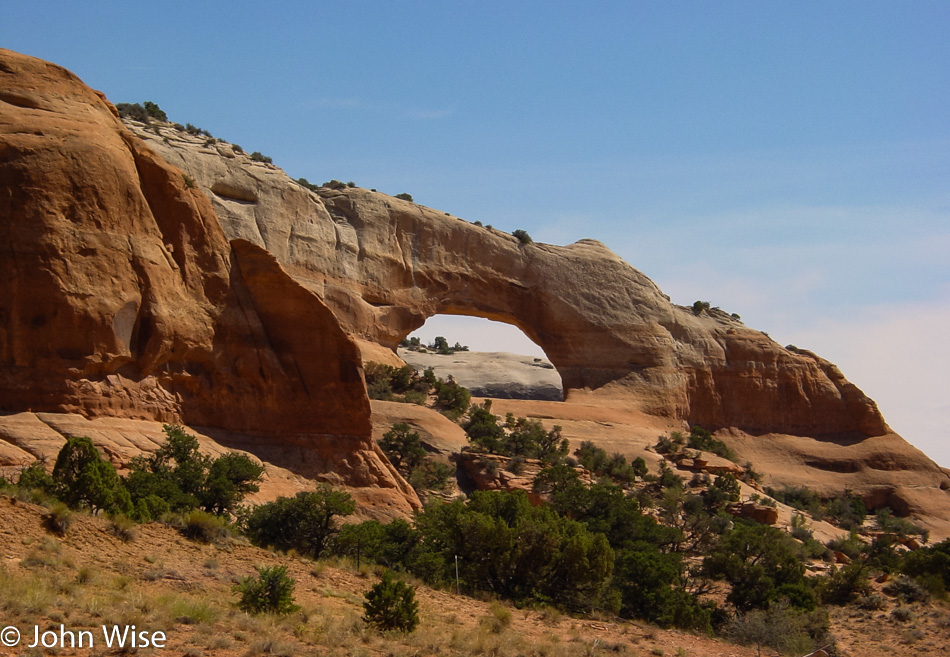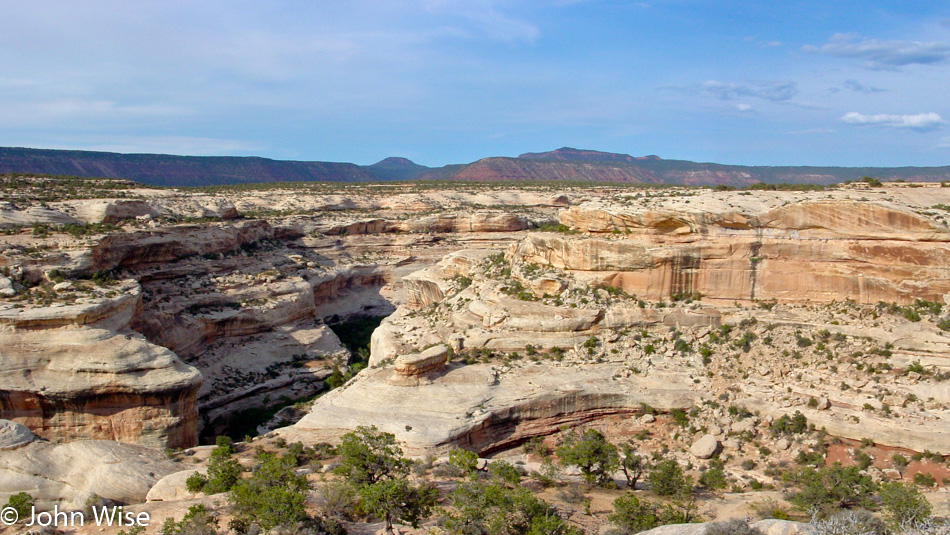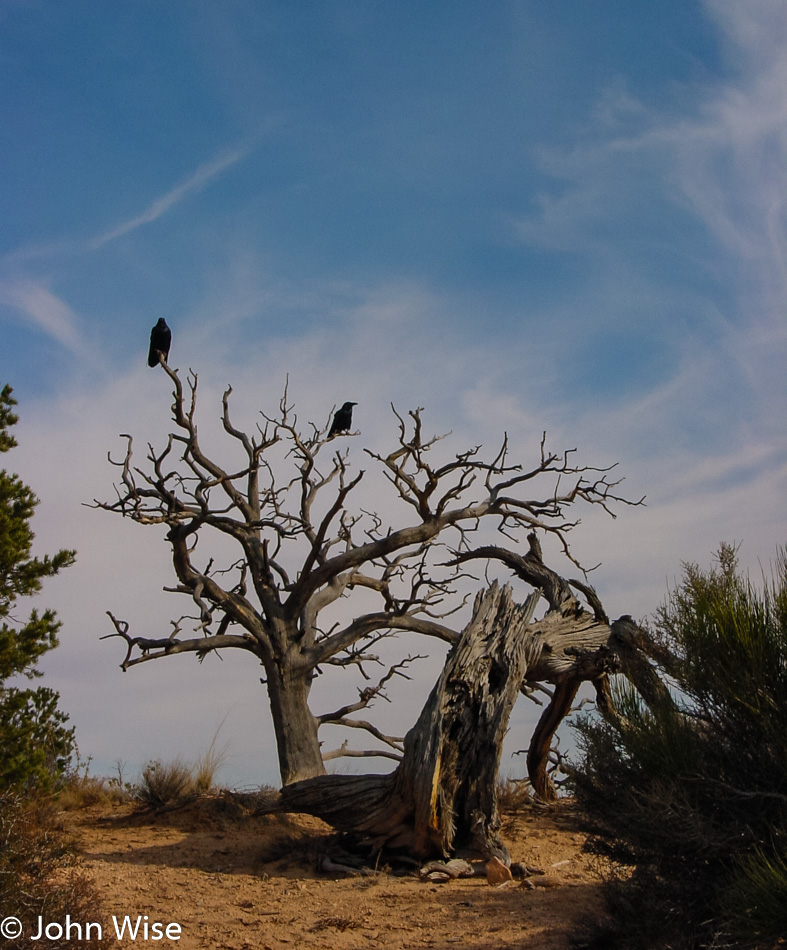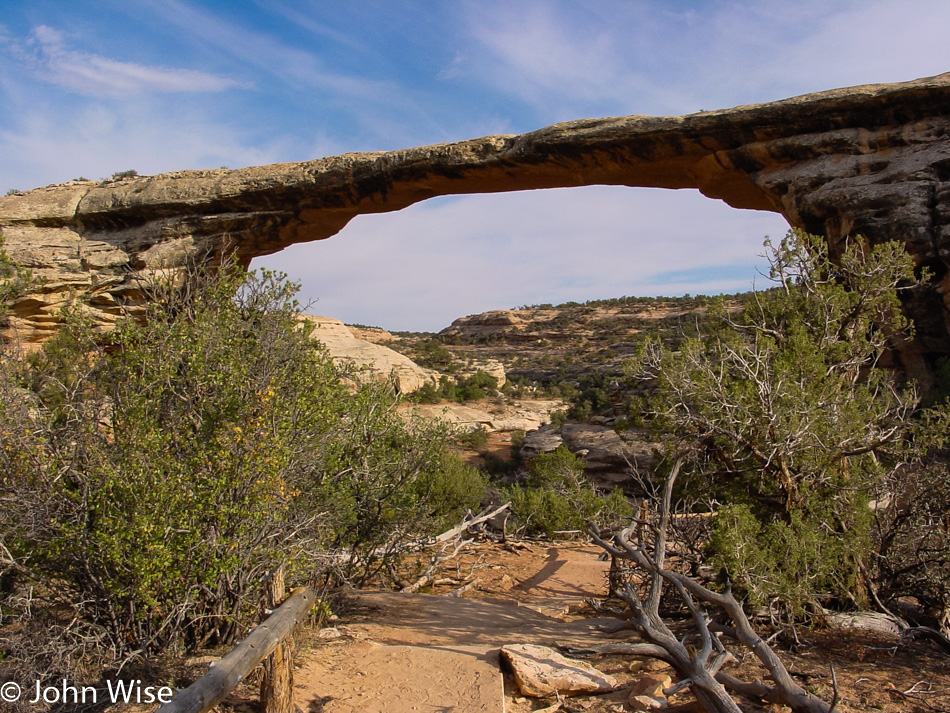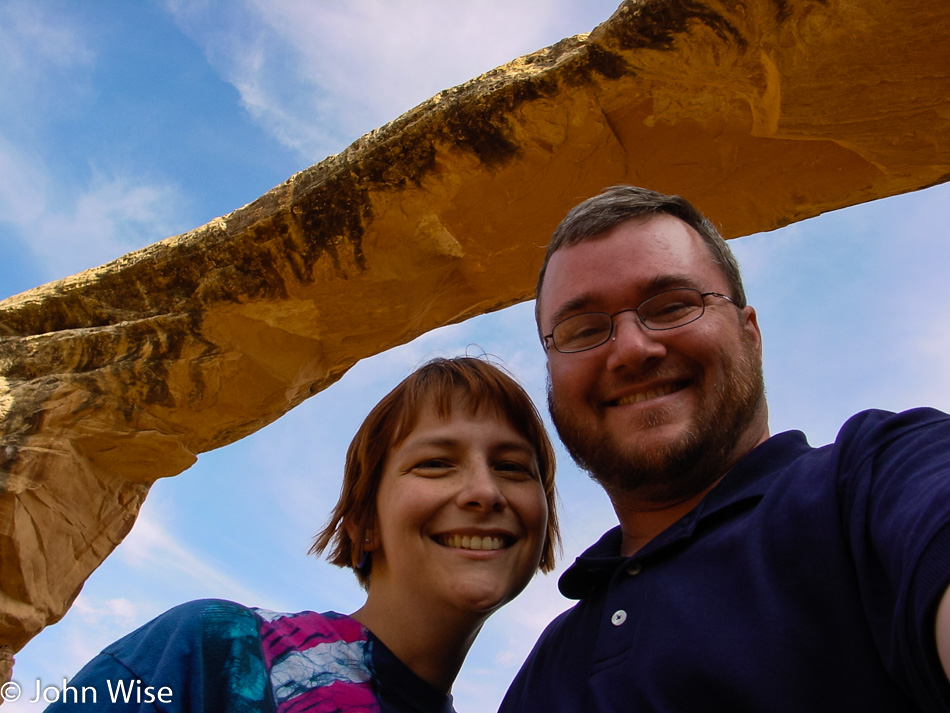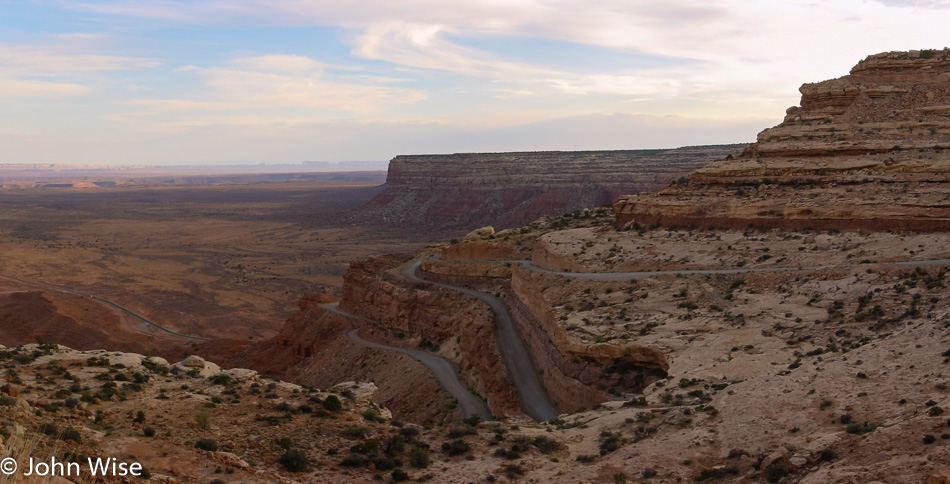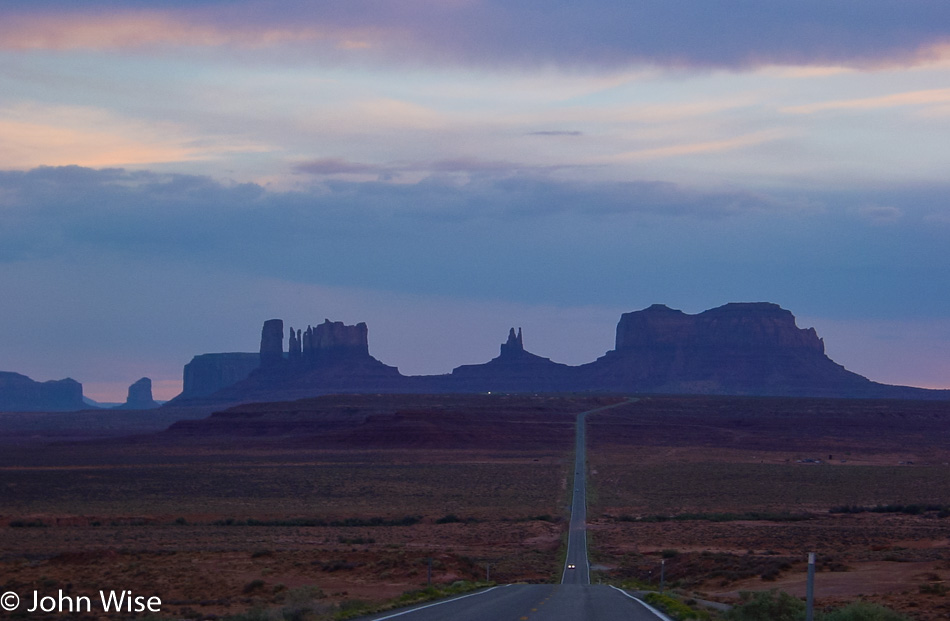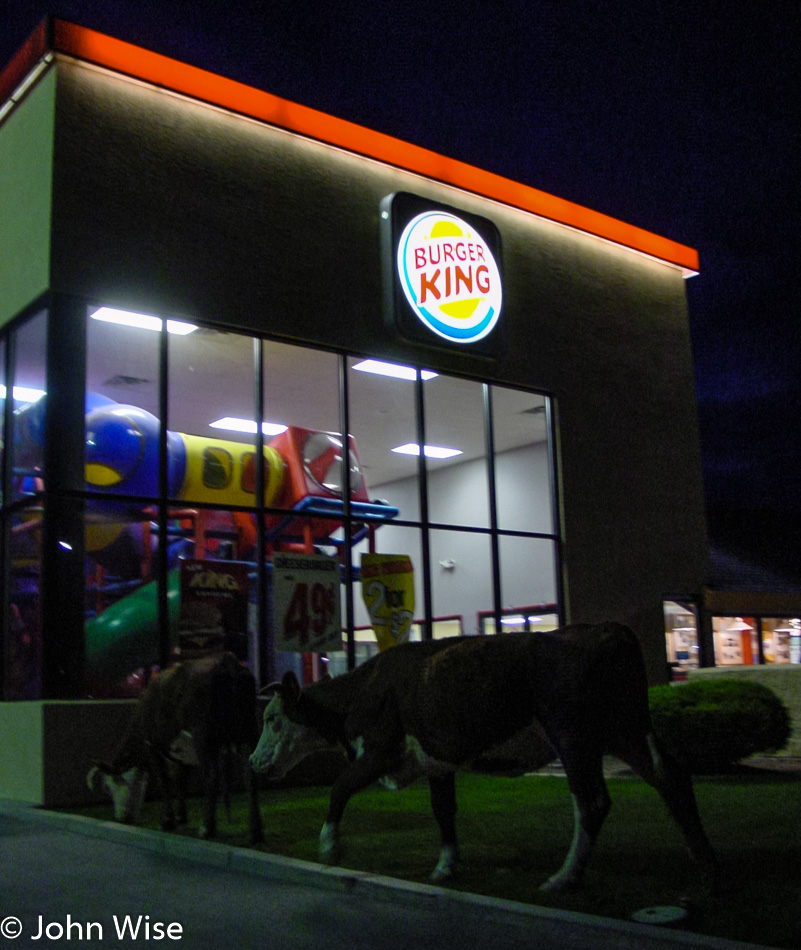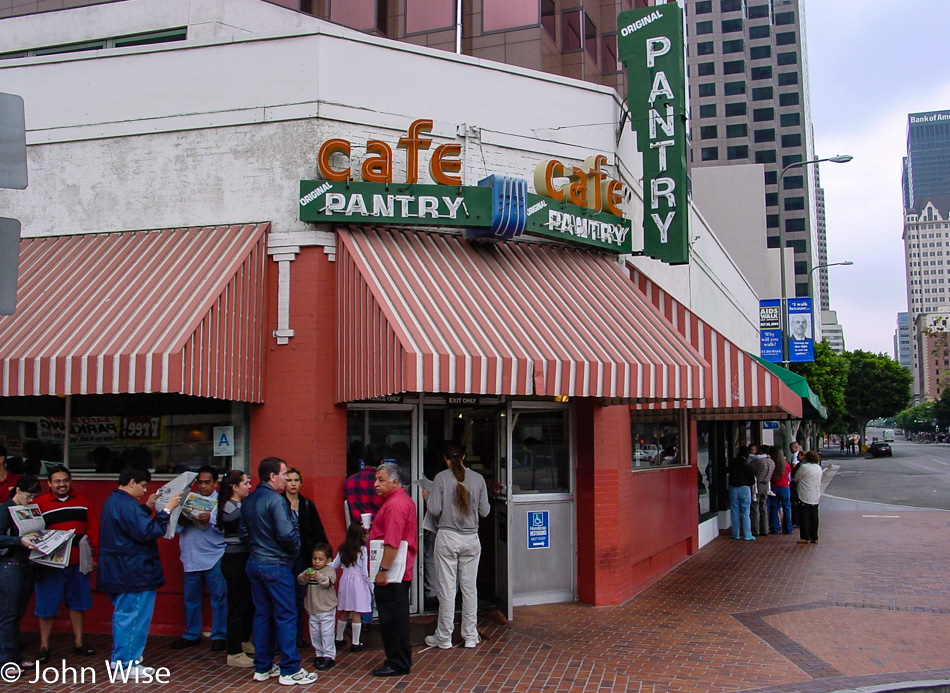
If we are having breakfast here at the Original Pantry Cafe, you can bet we spent the night in the L.A. area, and if you are attentive, you’ll realize that we were here in Los Angeles last weekend, too.
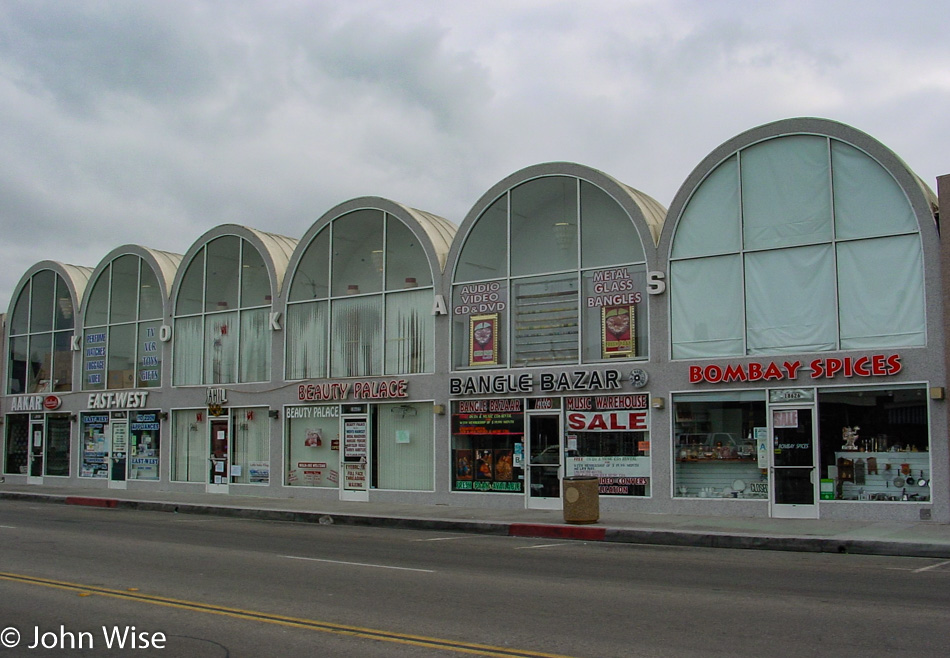
Arriving in Little India early in the day, the place looked like a ghost town; fortunately, everything was about to open, and Caroline got the shopping done she was looking to do here.
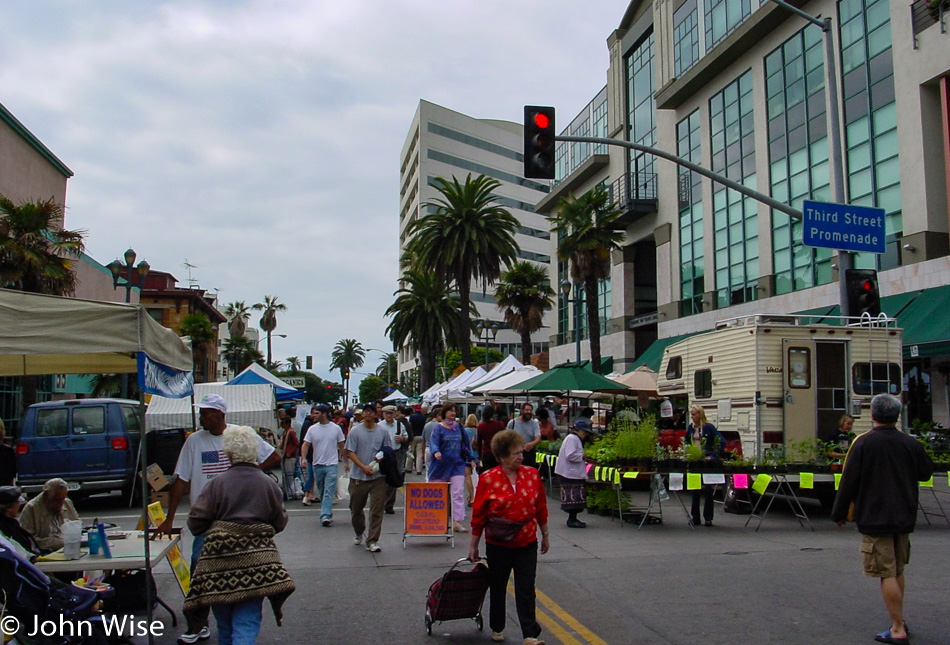
Over to Santa Monica at Third Street Promenade for the weekly Farmers Market on Saturday so we can start filling the ice chest that we drag back and forth between Arizona and California. While we are just a state away, the produce we get in Arizona is never picked as ripe as it is here in California for their open-air markets.
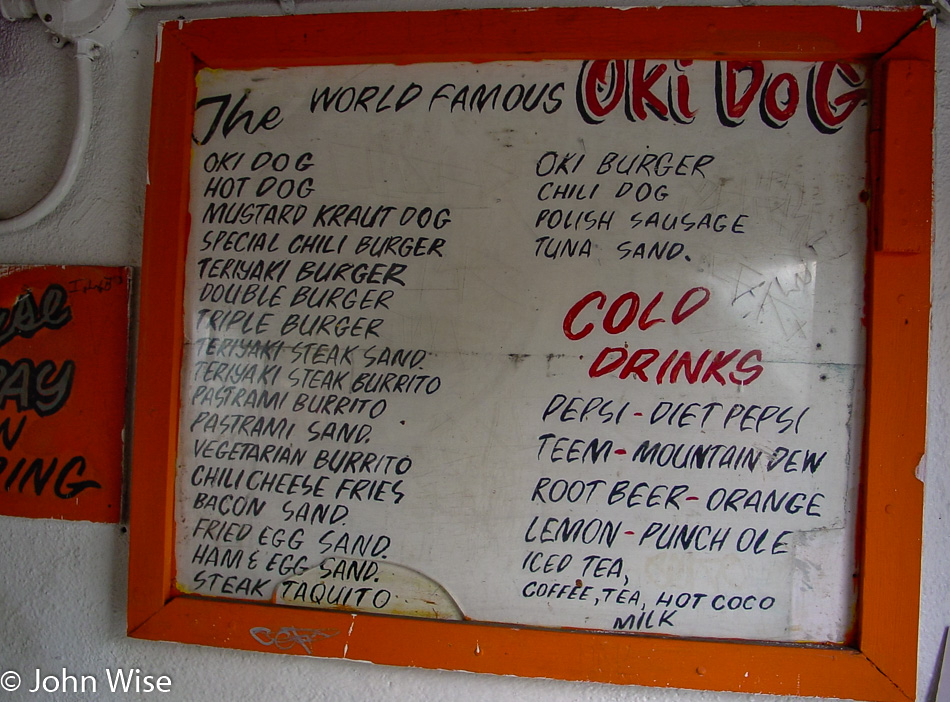
While it seems like we just ate breakfast when you are reading my blog, you should consider that going from downtown L.A. to Artesia and then to Santa Monica takes a considerable amount of time. So why not head over to Hollywood to get a giant Pastrami Burrito from the world-famous Oki Dog for lunch to satisfy that hunger for more grease in our diet? Nothing quite delivers like a couple of giant tortillas wrapped around a mountain of grilled onions, and peppers piled high with pastrami, chili, pickles, and mustard with a side of what must be at least two pounds of potatoes deep-fried to exacting French standards.
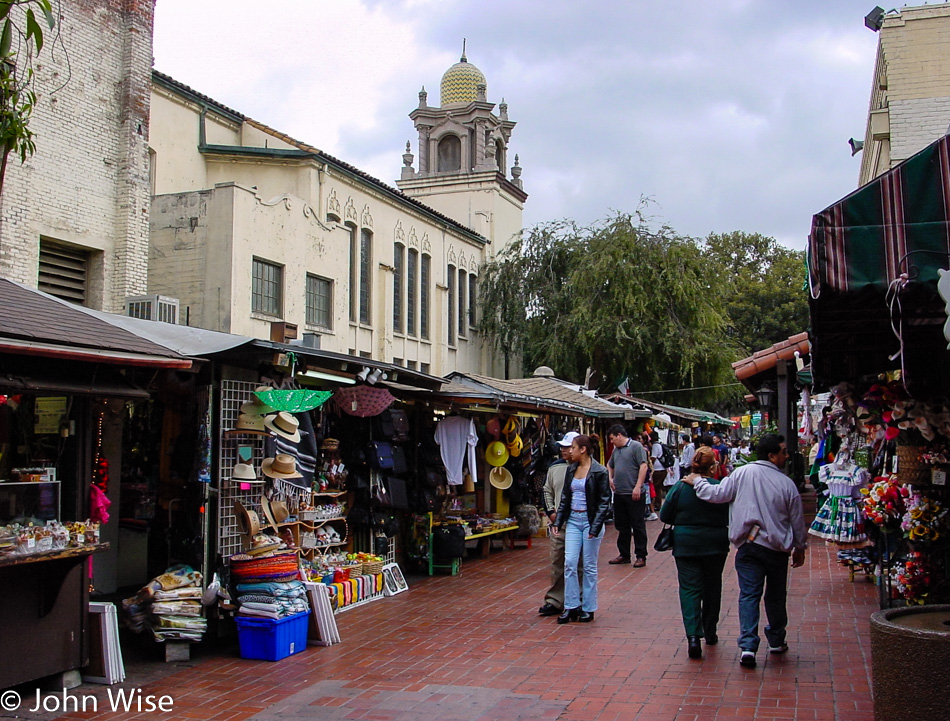
Back into downtown Los Angeles and, more specifically, Olvera Street in the historic Pueblo de Los Angeles.
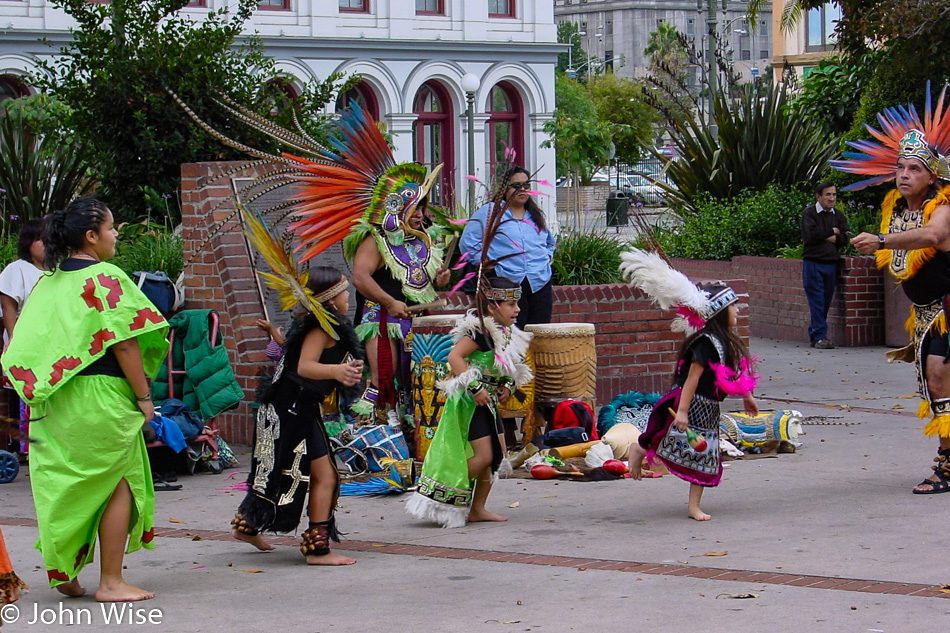
Not sure if this was part of a festival or just a dance performance, but I surely should have gotten a better photograph and inquired as to the why’s.
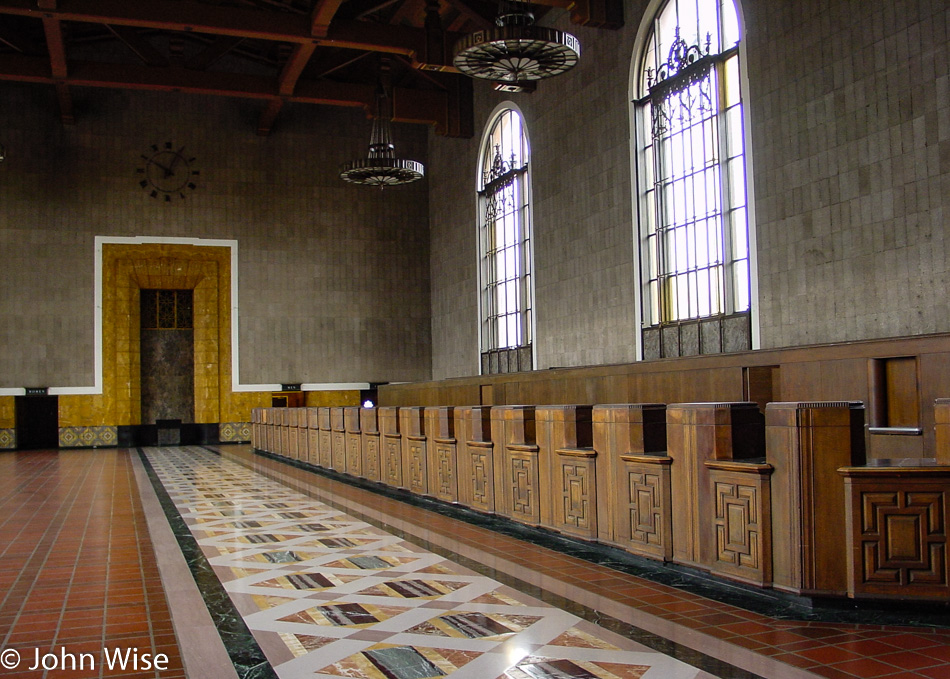
While not the same room, the floor pattern should look familiar to everyone who’s seen Blade Runner. We are at Union Station for our first ride on the Los Angeles subway system.
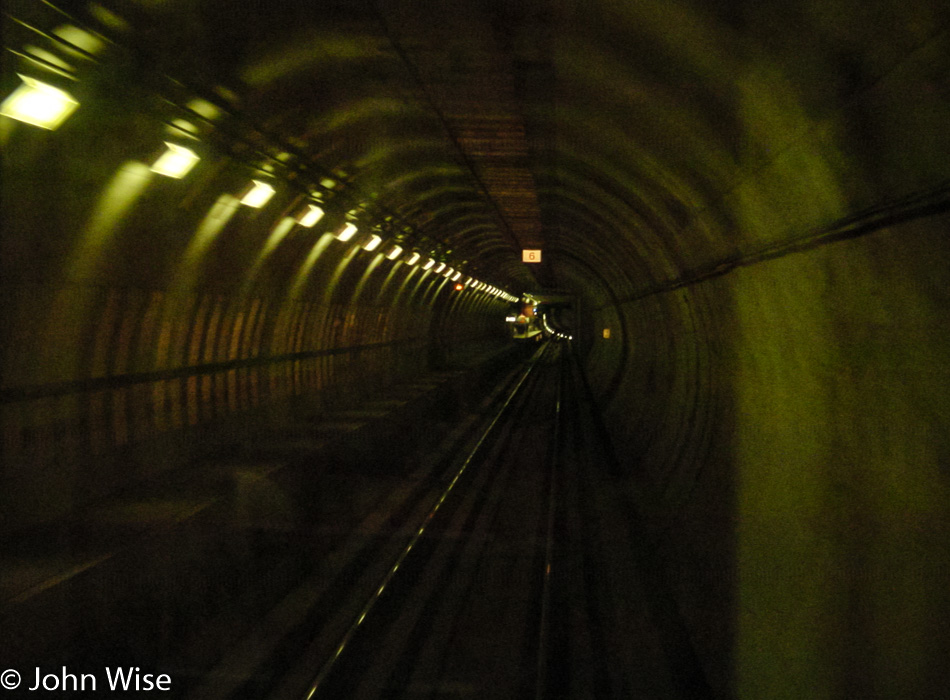
Not the place you want to be should an earthquake happen.
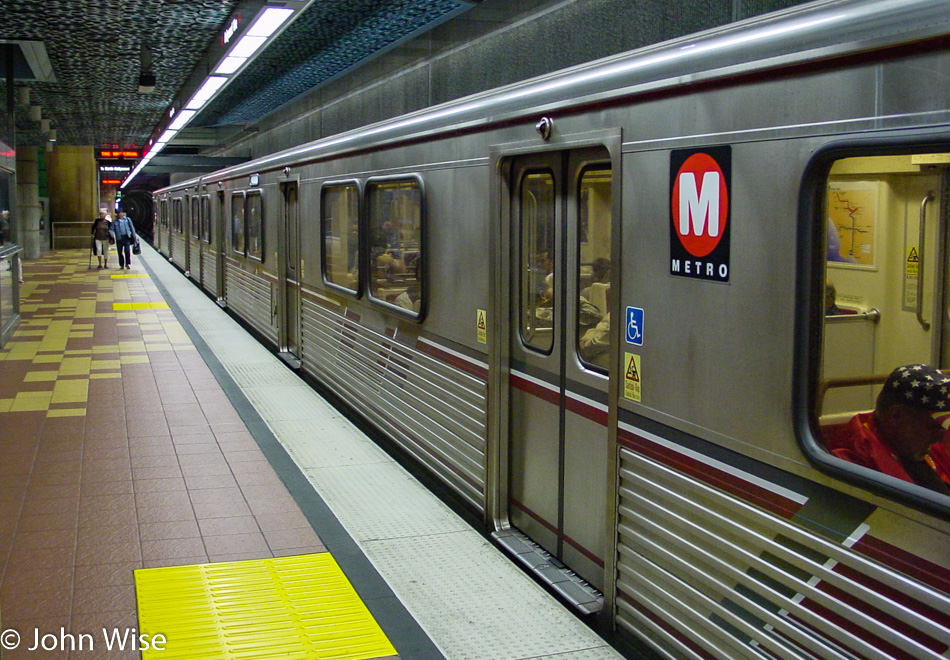
We made it as far as Universal Studios, which is about 10 miles from Union Station, and then started backtracking.
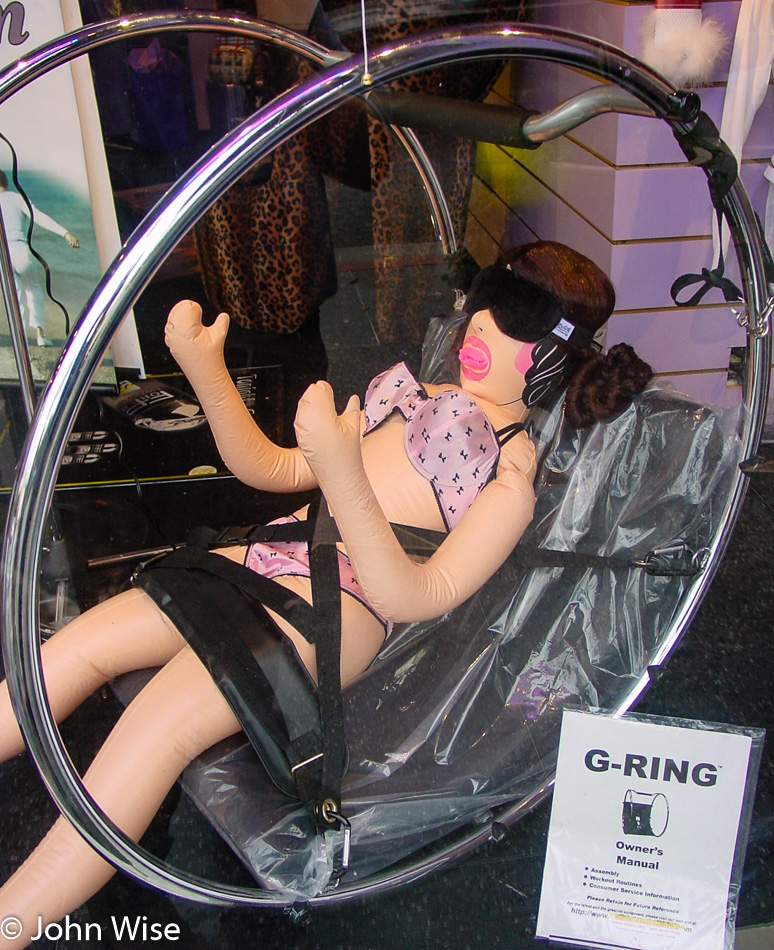
We’re on Hollywood Boulevard, if there is any doubt.
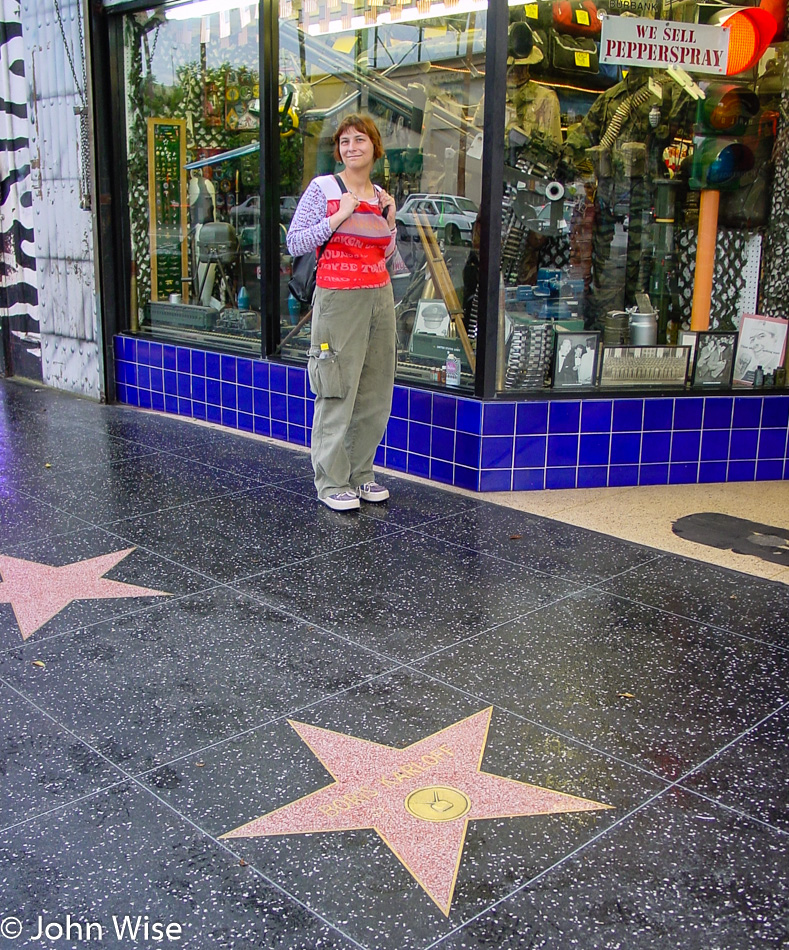
It wasn’t the military surplus store behind Caroline that caught my interest; it was the star from Boris Karloff that did that. When I was a kid, watching old movies with Boris Karloff, Peter Cushing, Lon Chaney, Vincent Price, and Christopher Lee could keep me up well past midnight. It didn’t matter how many times I might have seen Theater of Blood, I would cringe every time I watched the character Meredith Merridew eat his dogs or be super creeped out by the music from Terror in the Crypt; I was a horror movie aficionado, and until my mid 20’s often entertained the idea of working in the movies due to my love of the horror genre.
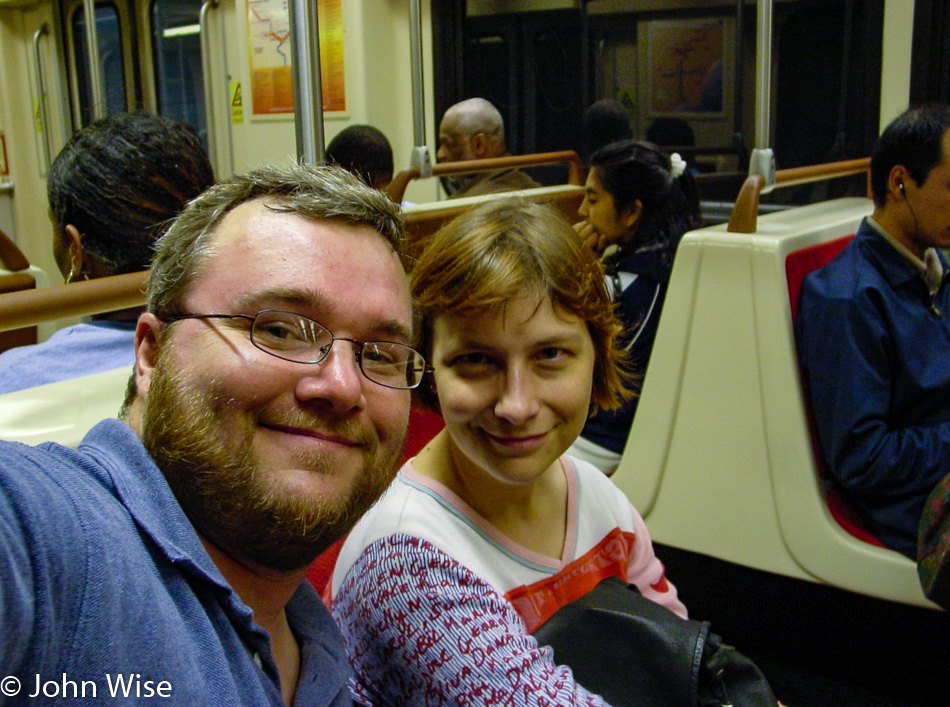
Back on the train to where we began this afternoon’s trip across the city.
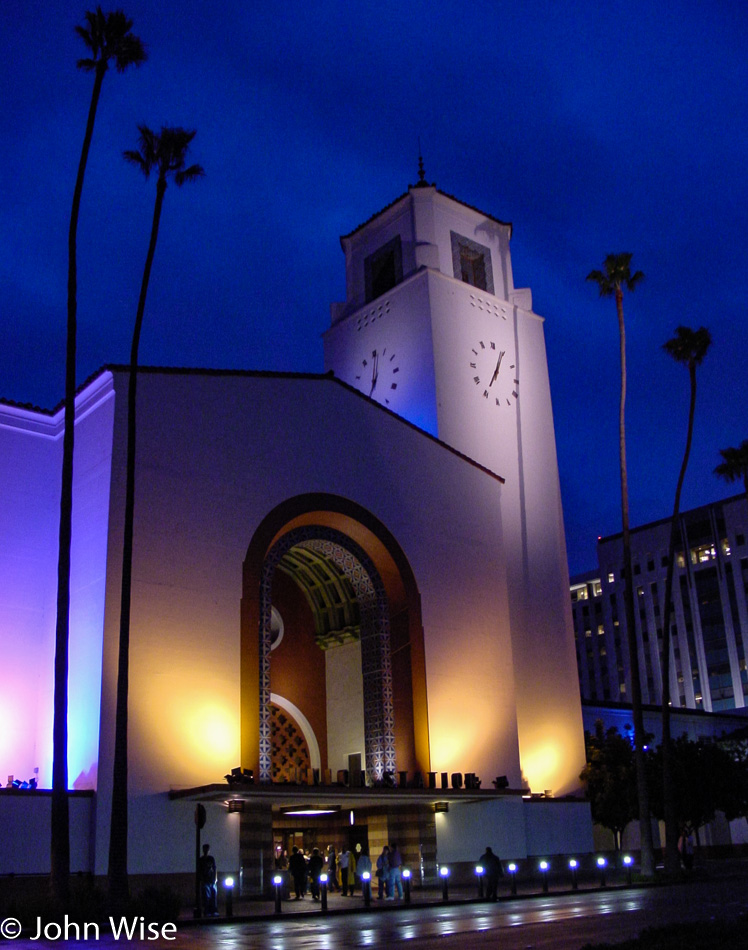
Union Station is a beautiful piece of architecture that we do not visit enough nor take advantage of the trains that depart from here.
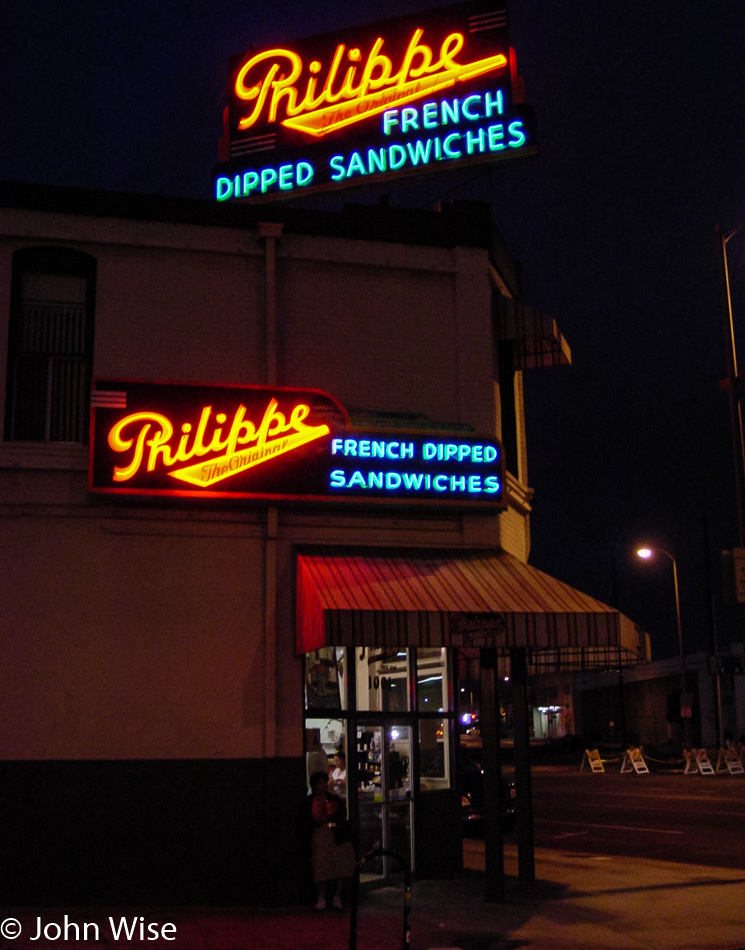
Learned of this place called Philippe The Original that claims to have invented the French Dip and knew we had to go. The restaurant opened in 1908, but it wasn’t until 1918 when a roll dropped in the au jus, and the policeman ordering it said he’d take it anyway and then returned the next day with some buddies that the French Dip was born. Great sandwich, and will certainly return.
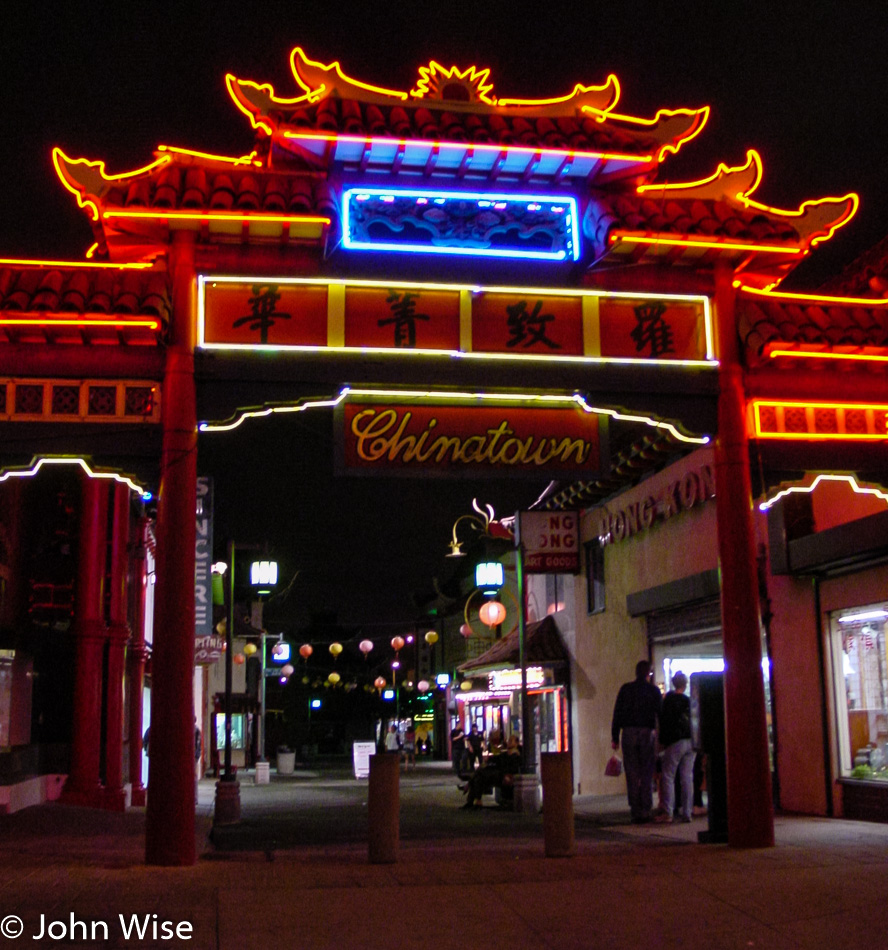
Philippe’s is on the edge of Chinatown, so as we were still relatively early into the night, we thought it was a good time to walk around and get a feel for this corner of the city outside of daylight hours.

We headed to our motel in Ontario at the California Inn and had to stop at Ten Ren’s Tea Time for a boba tea, a perfect dessert!
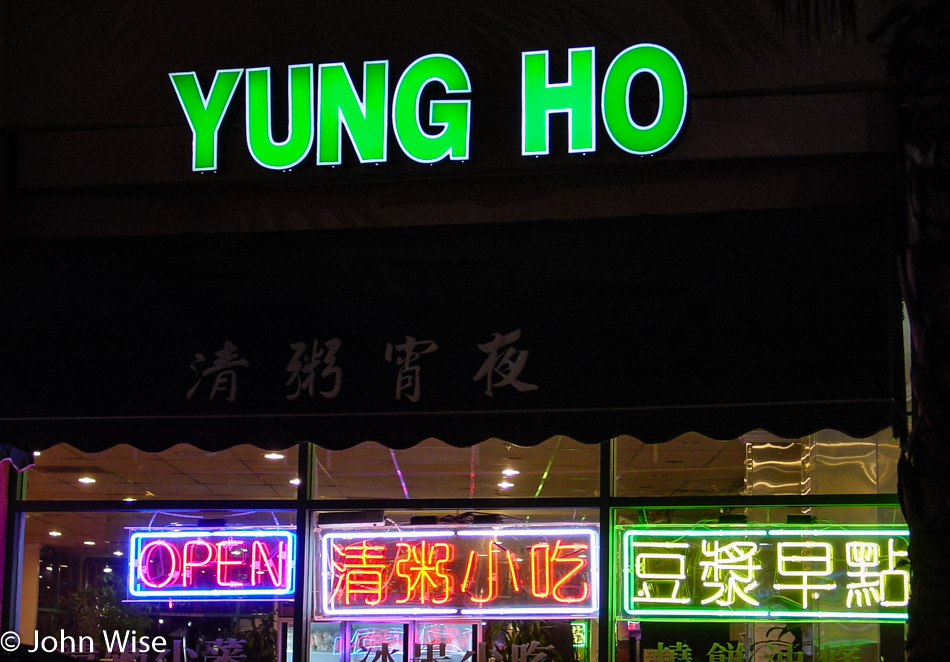
Too bad we already had French dips for dinner. We certainly would have loved to eat at Yung Ho’s, because we are always on the lookout for authentic experiences with ho’s of any age.
